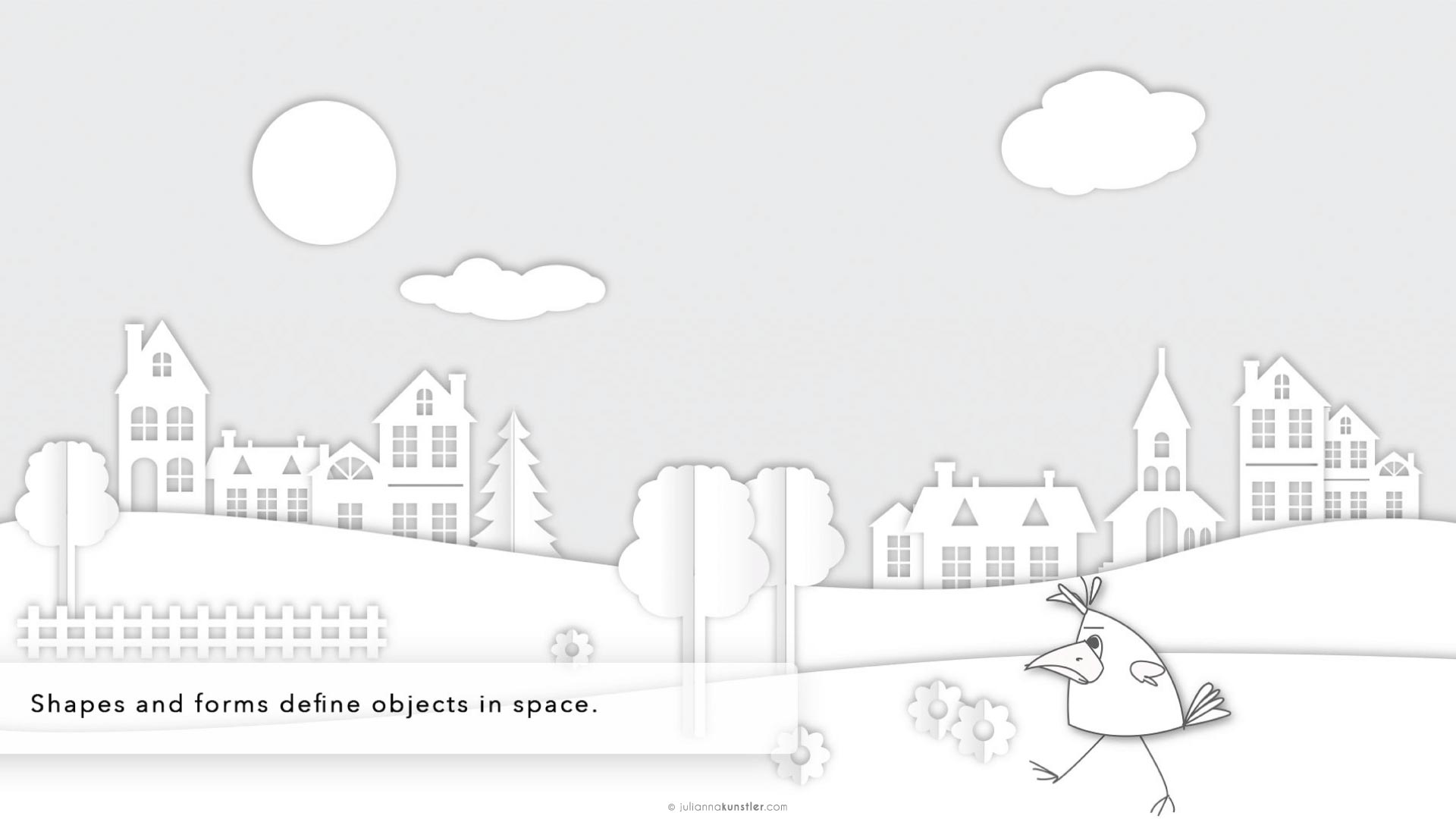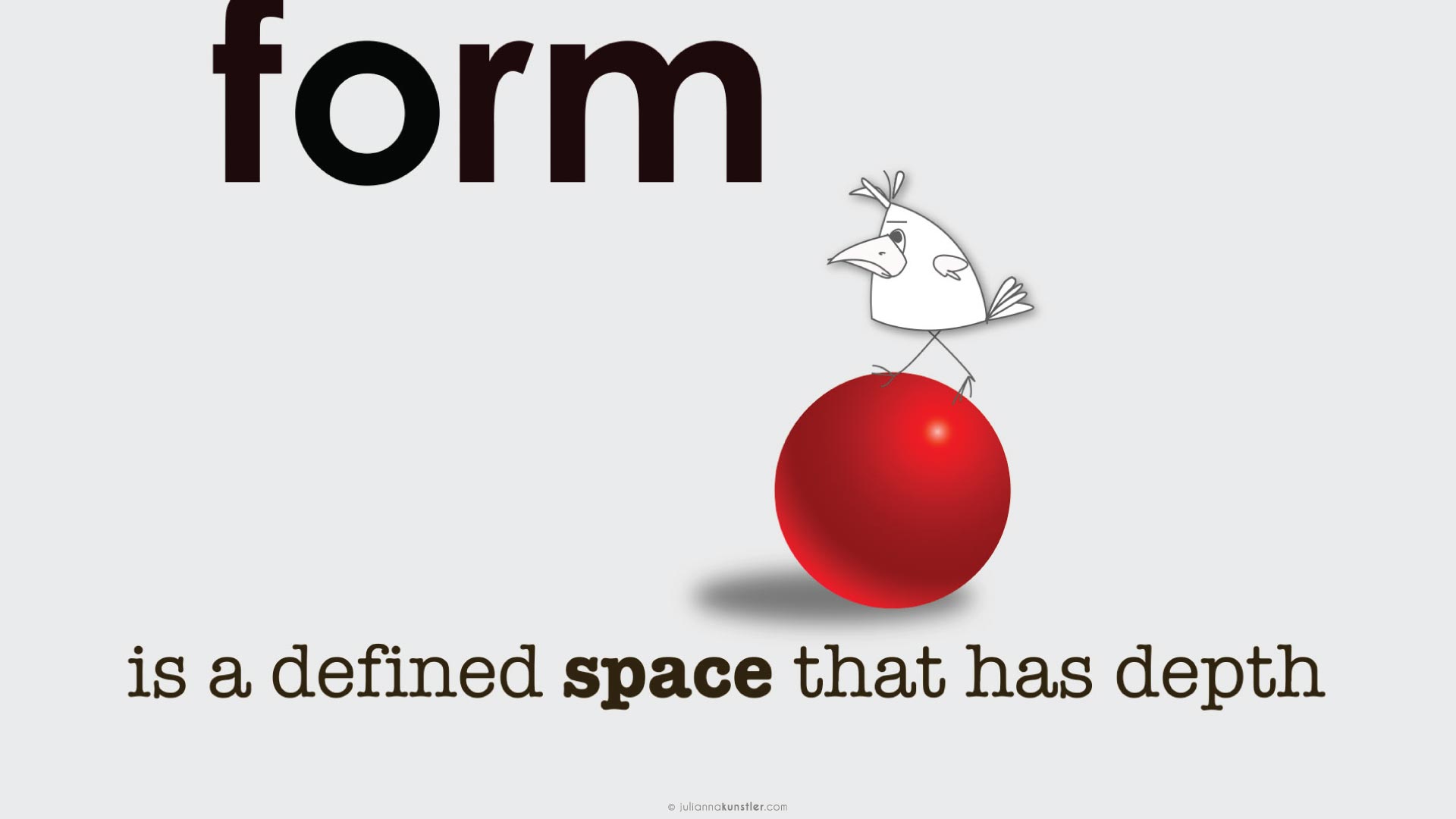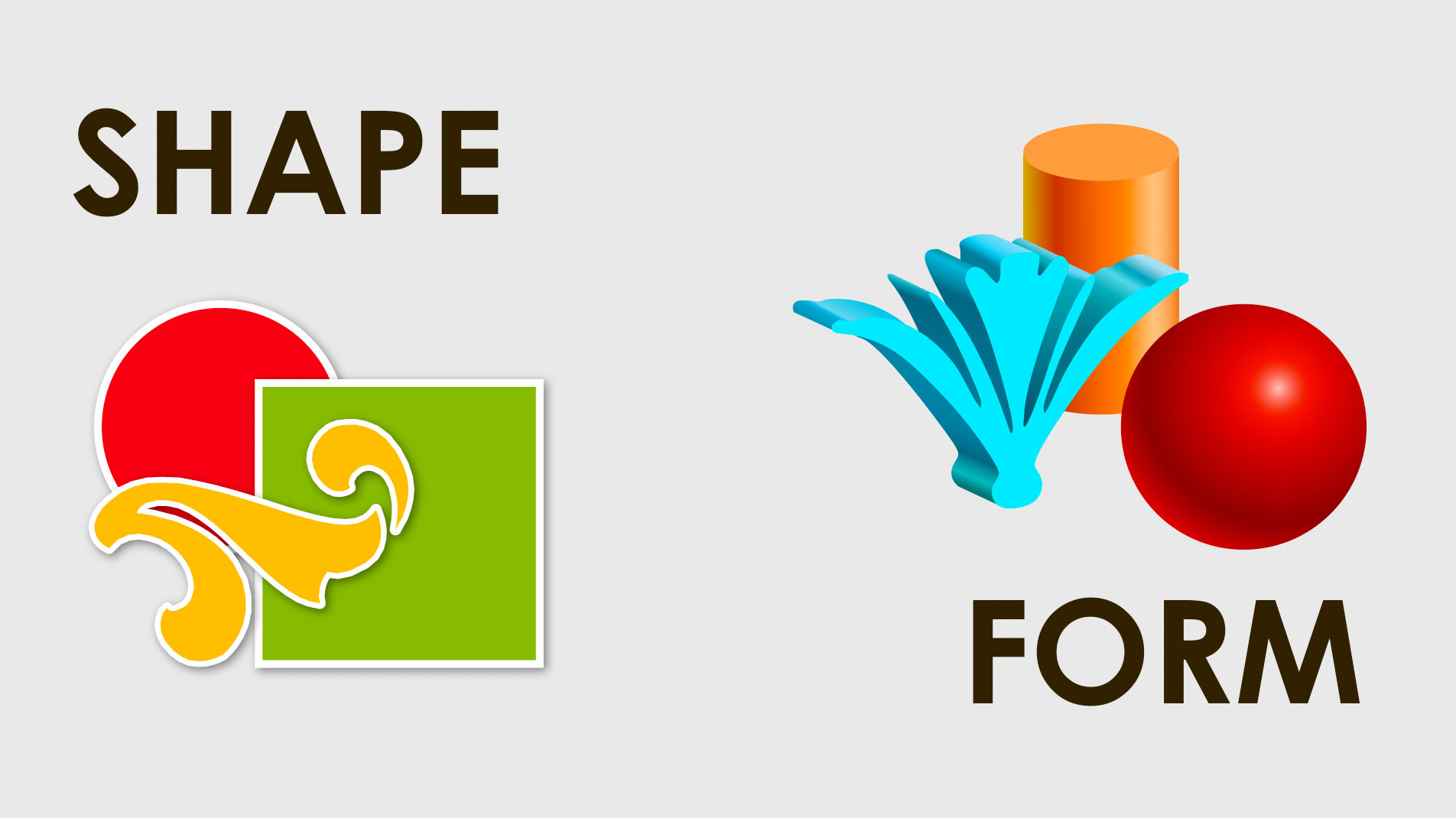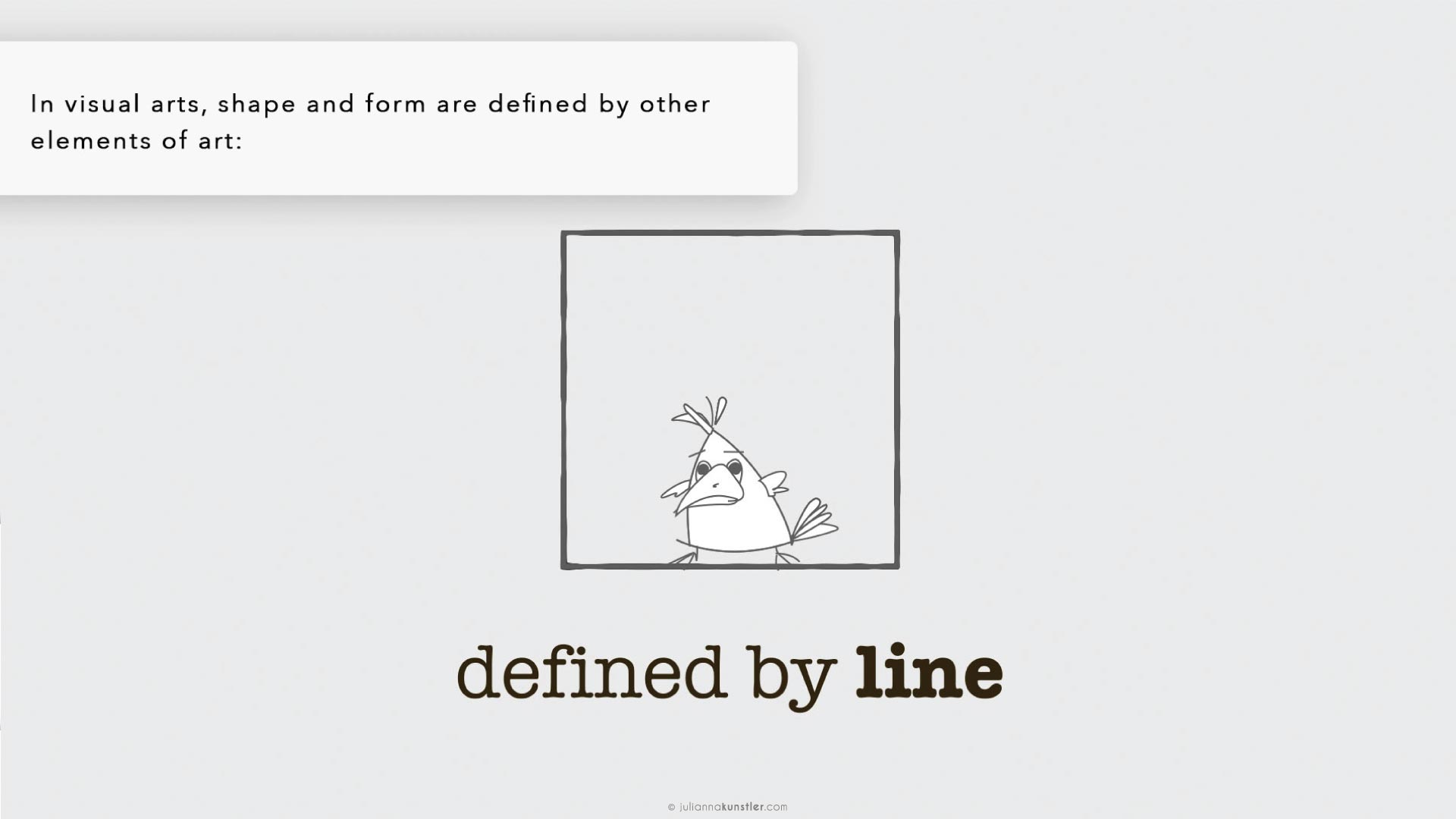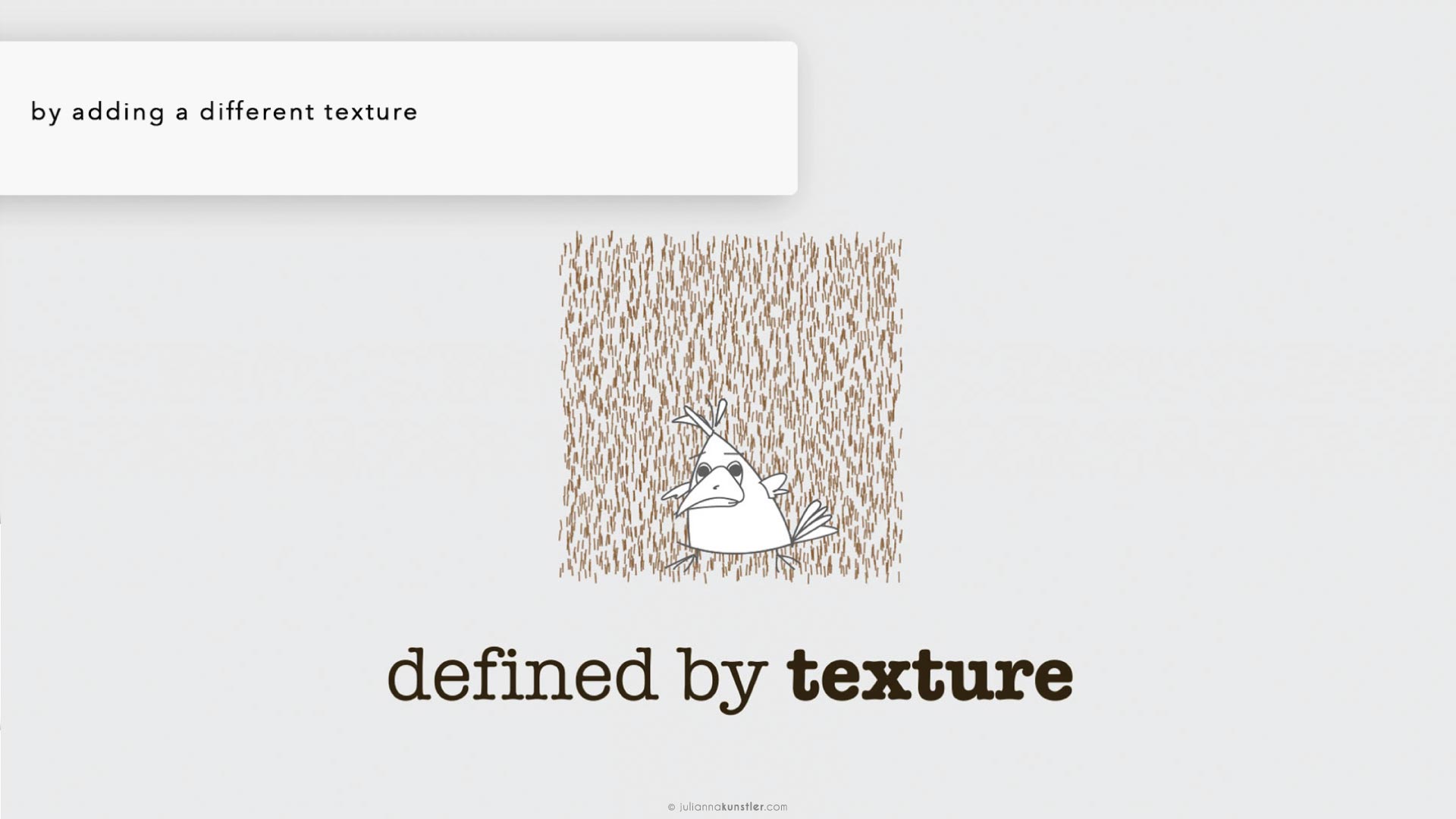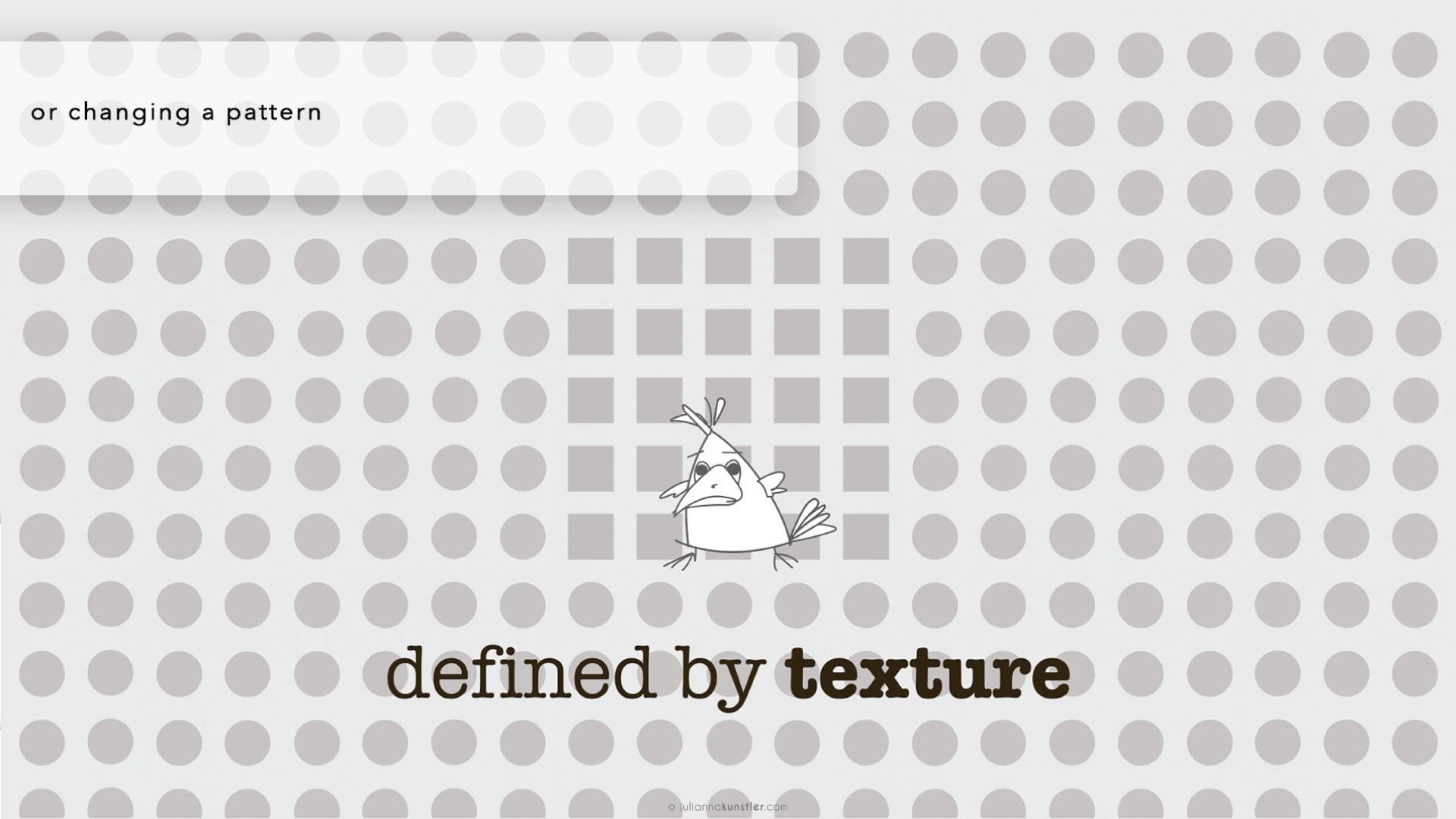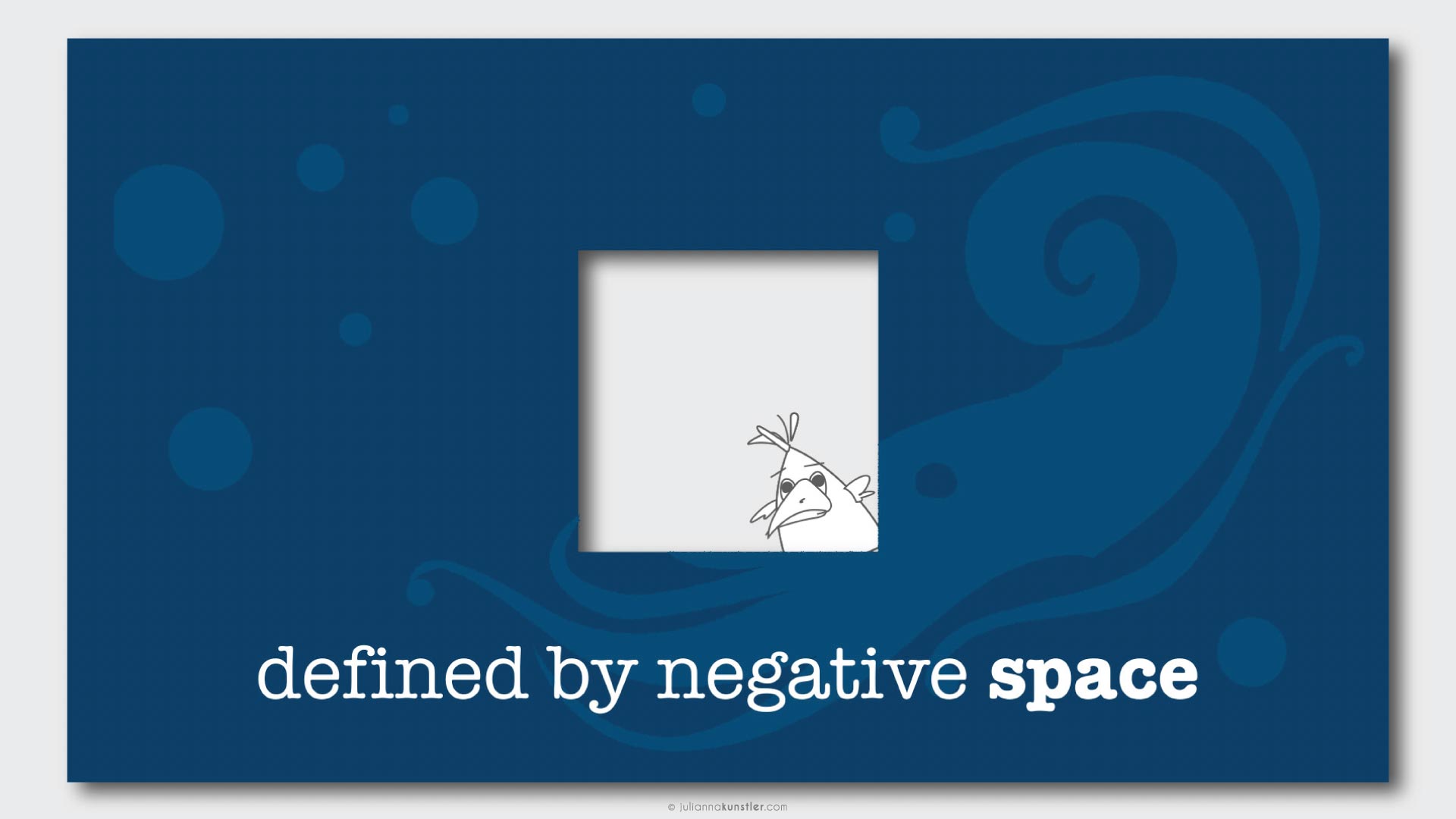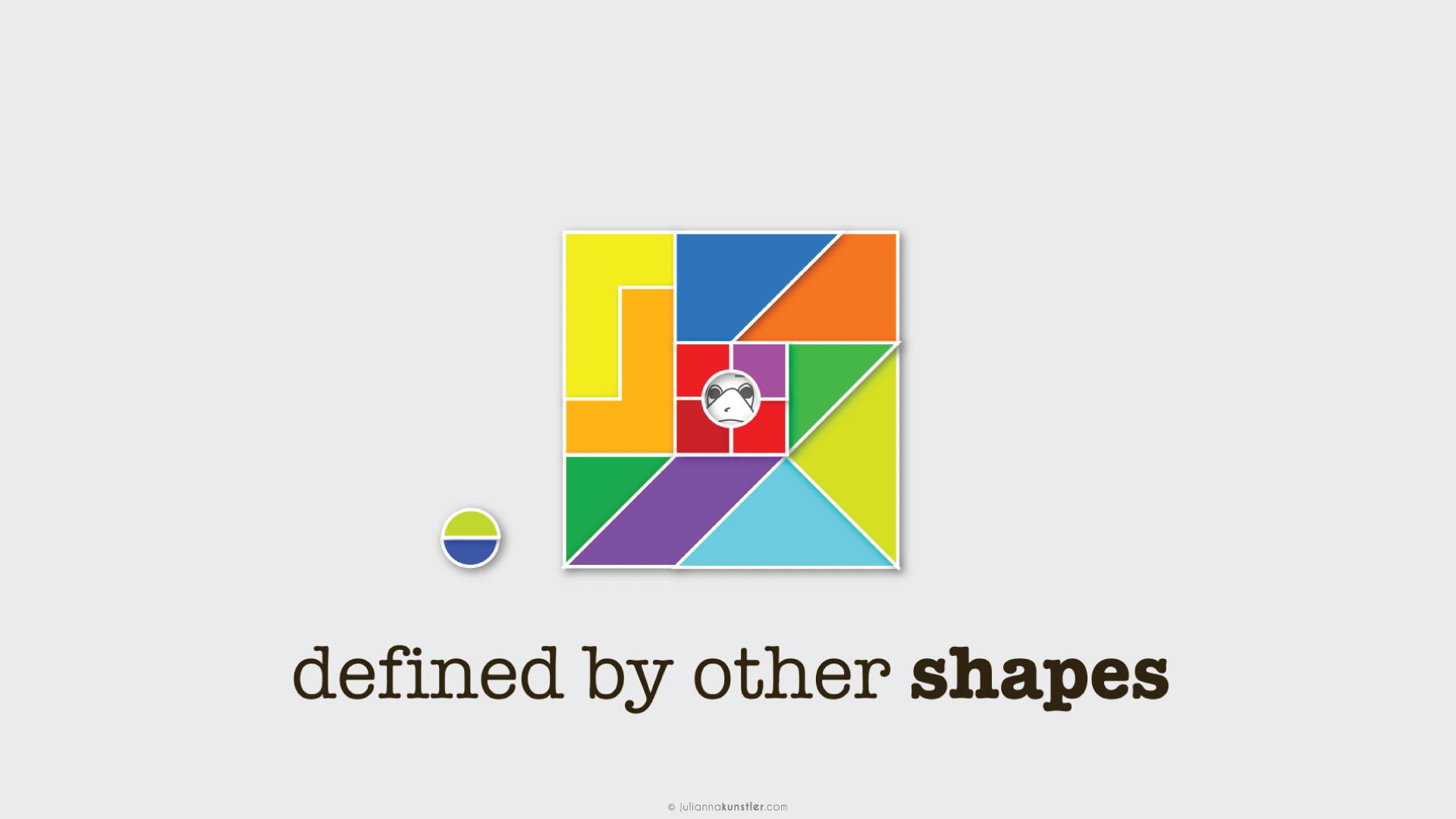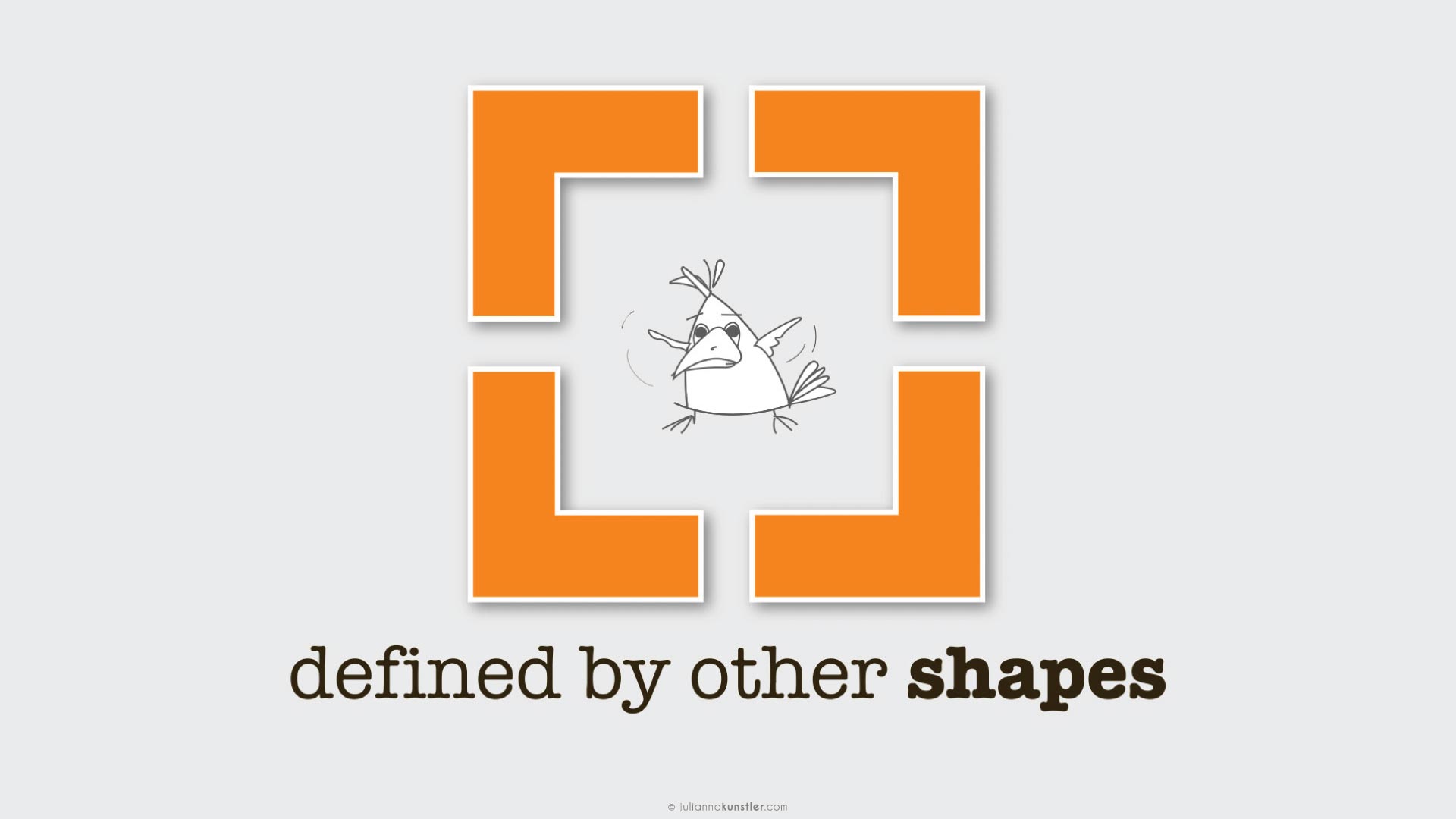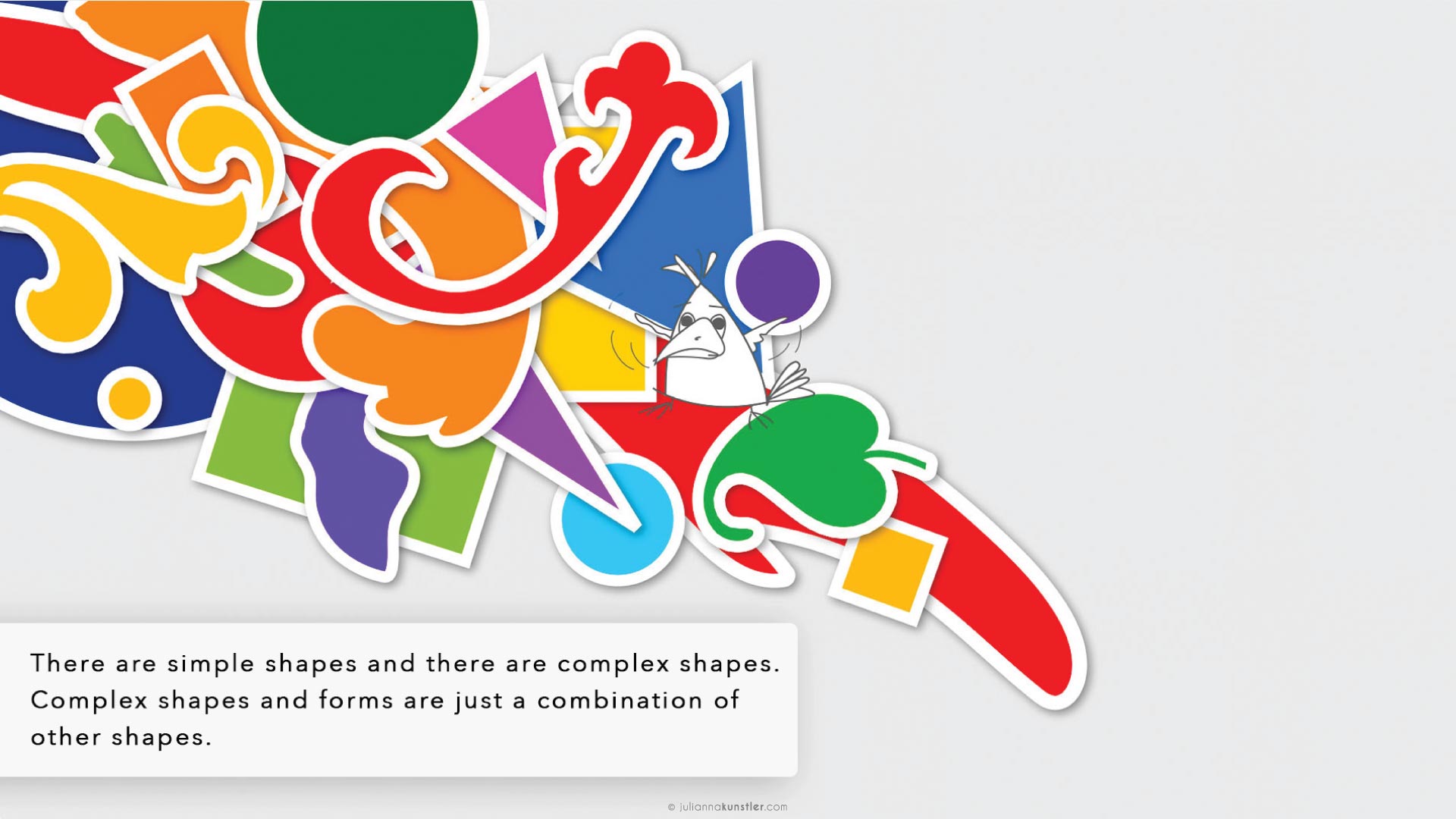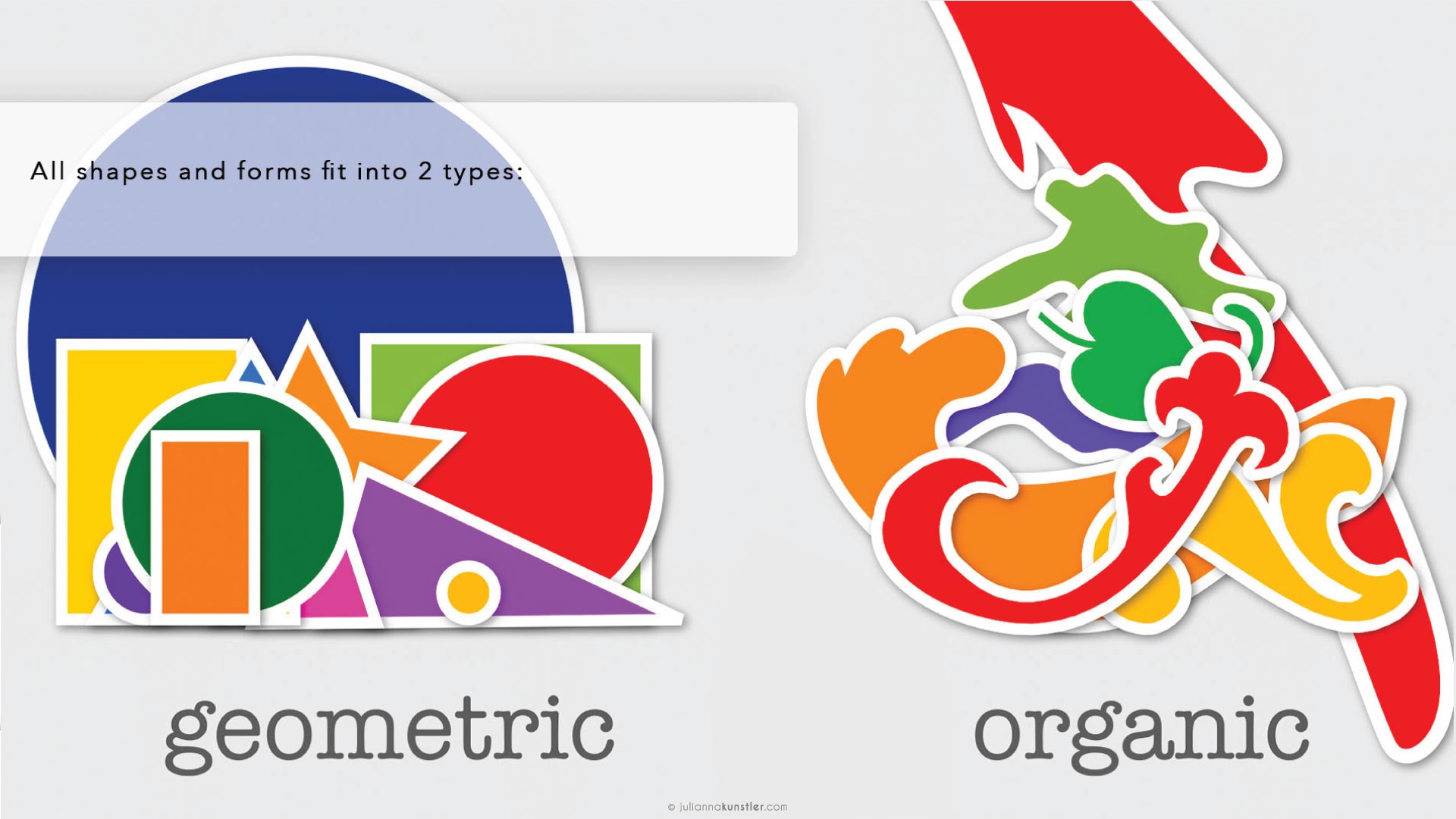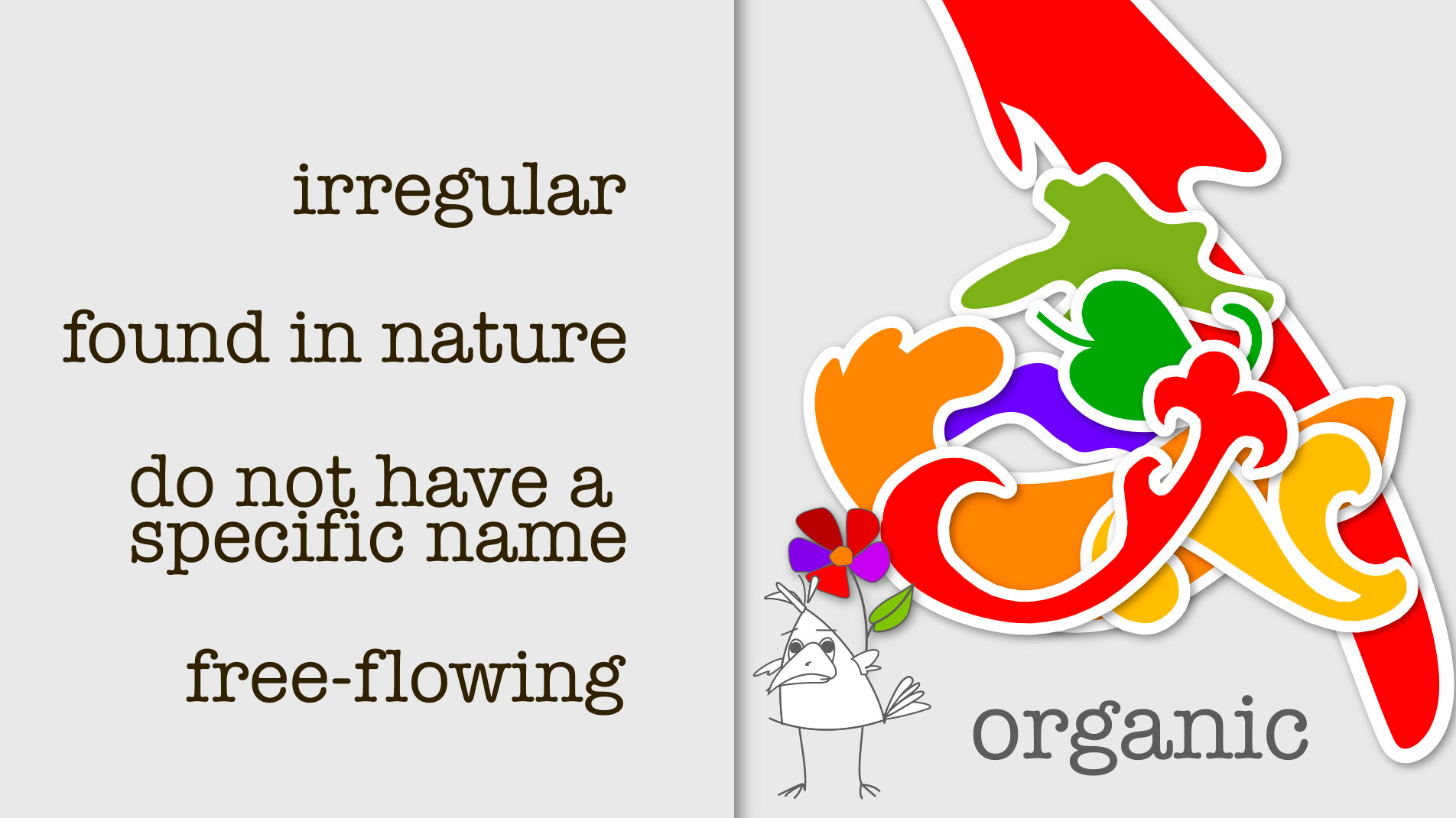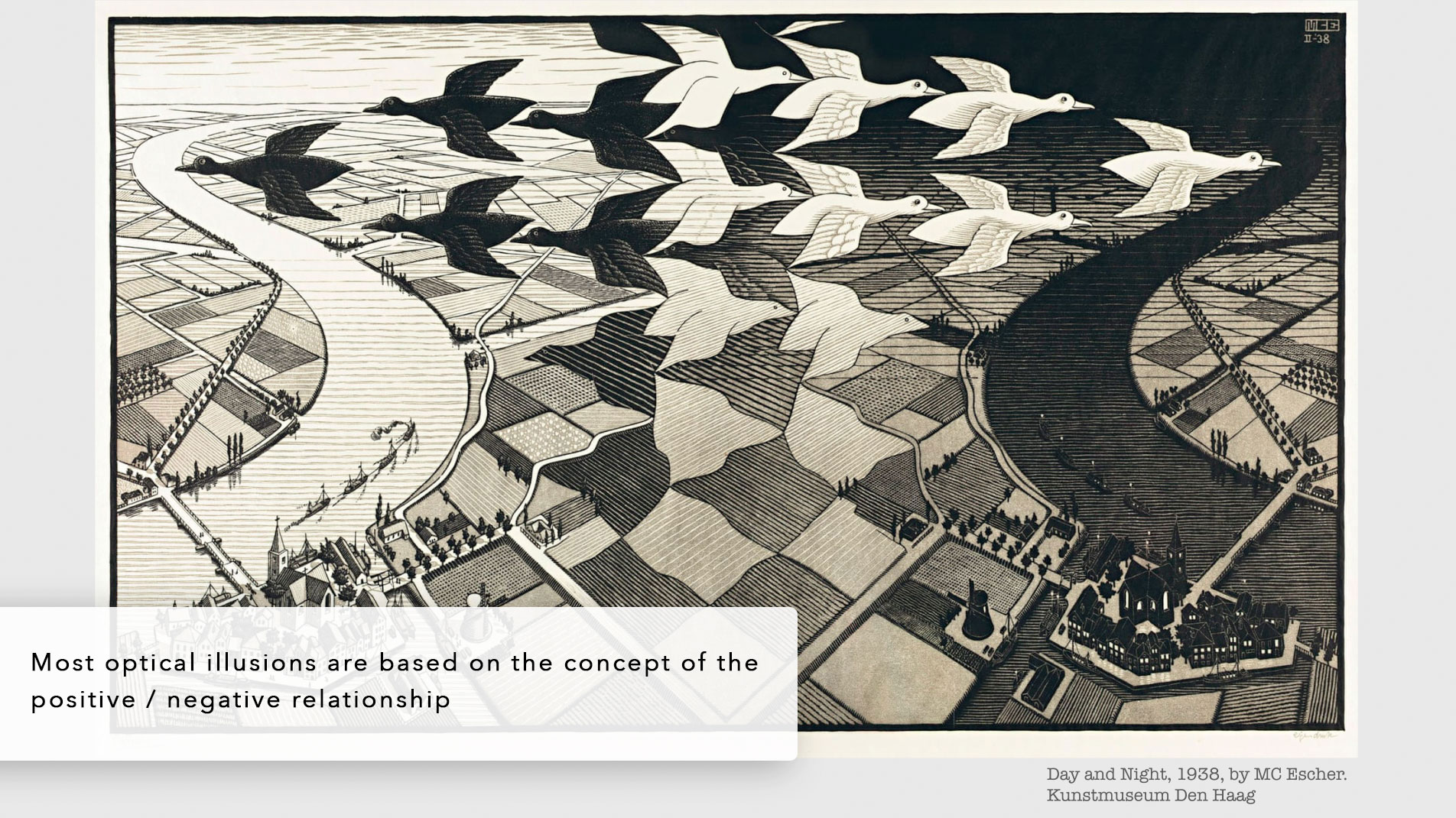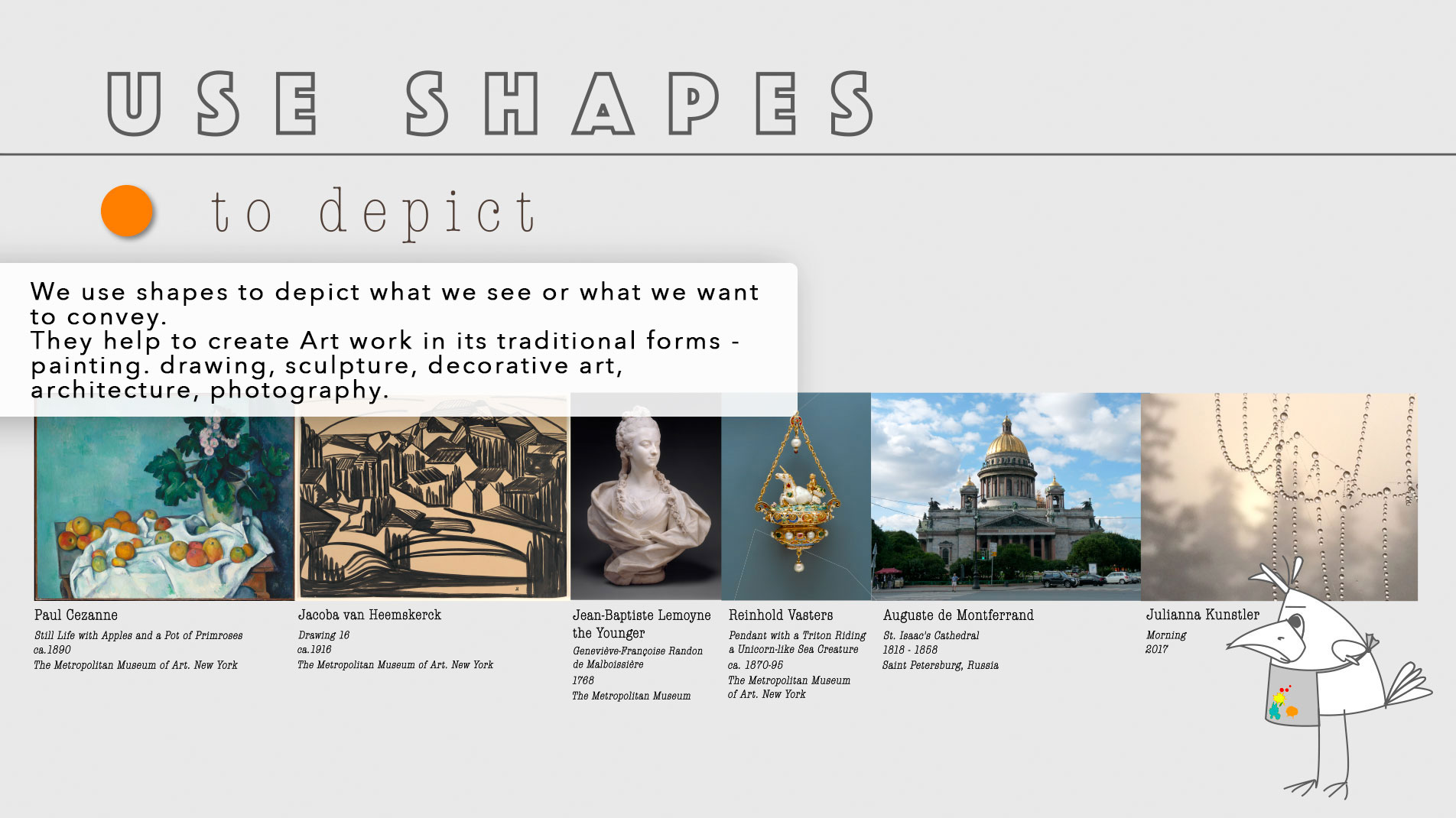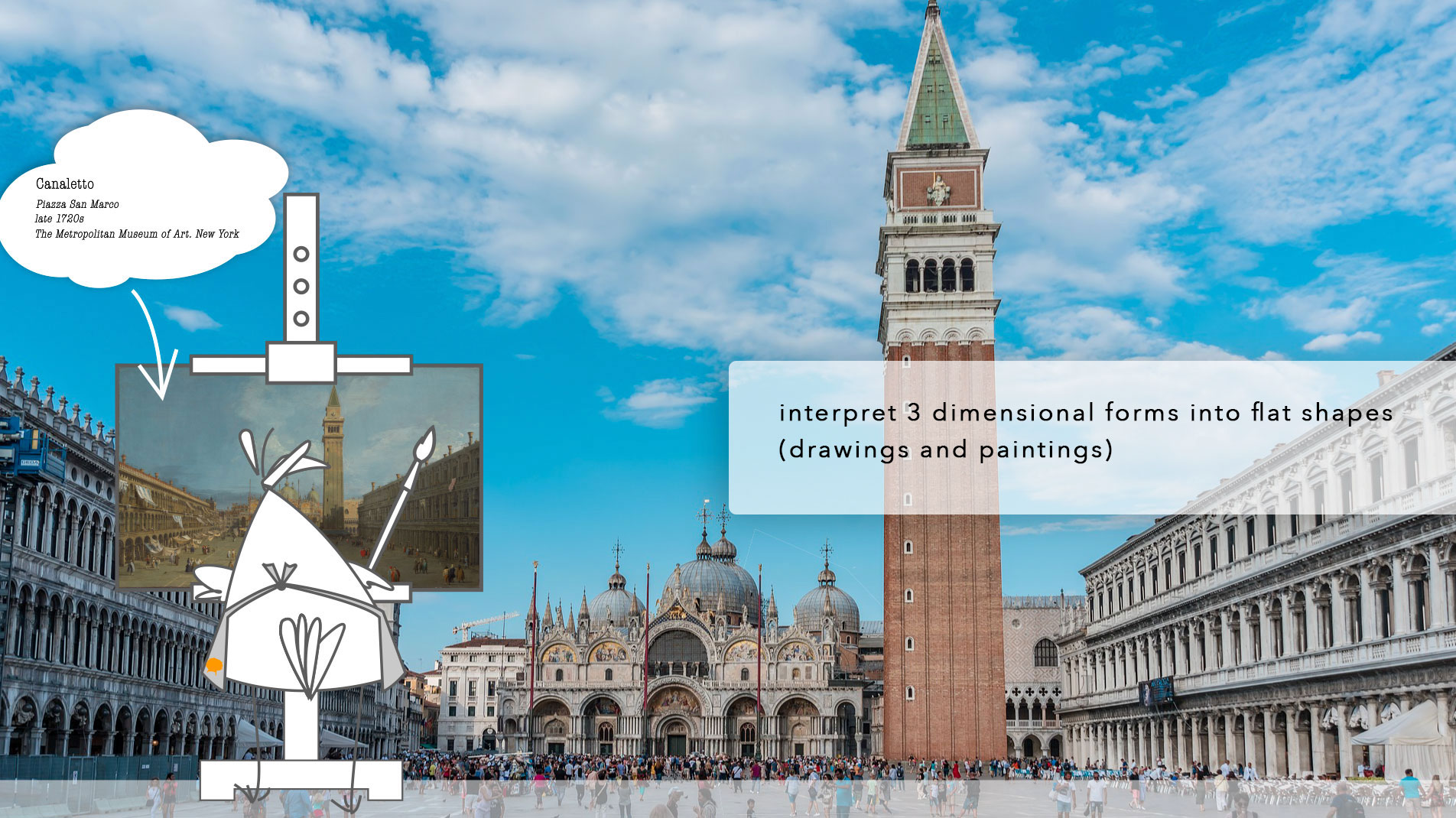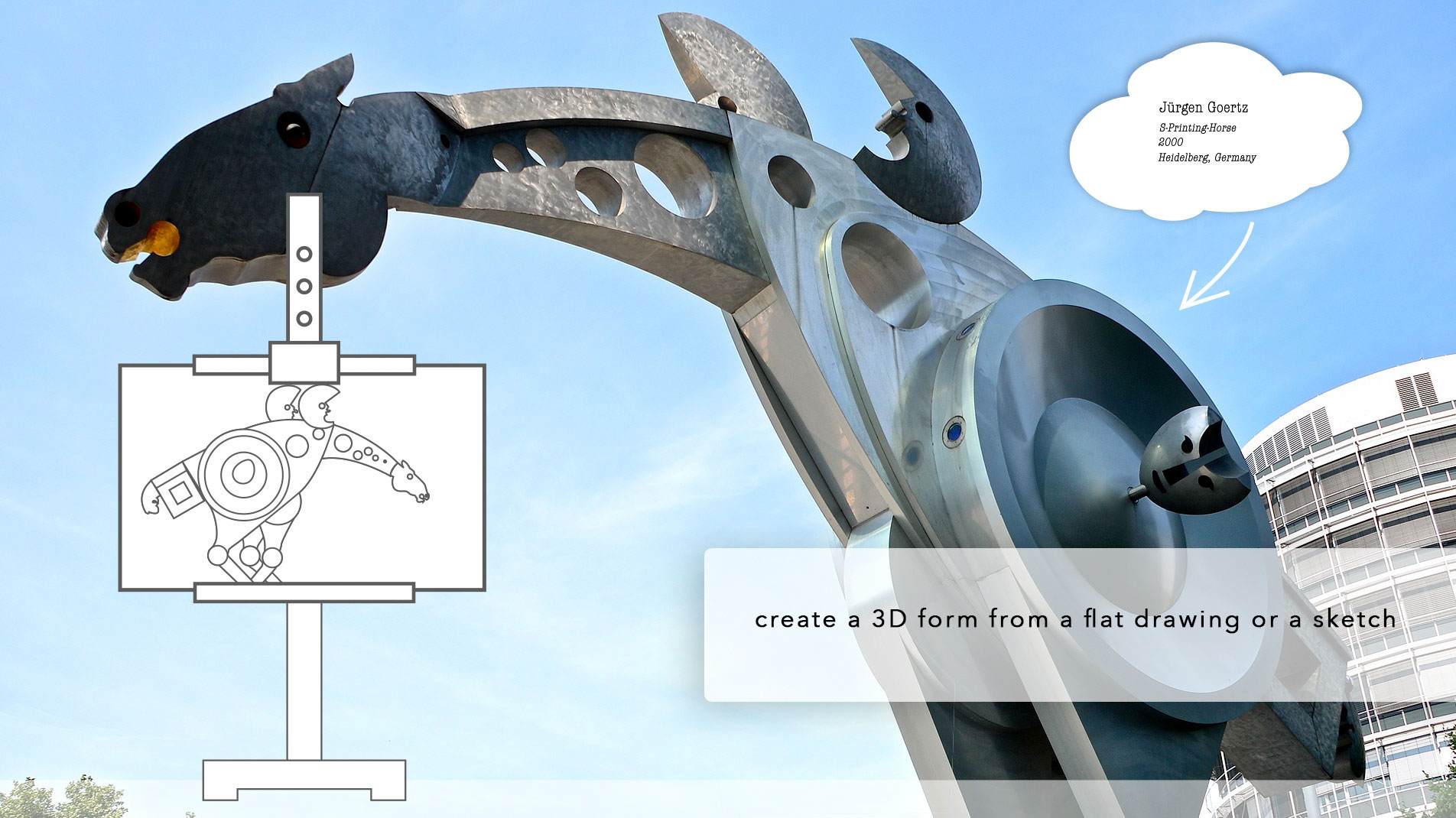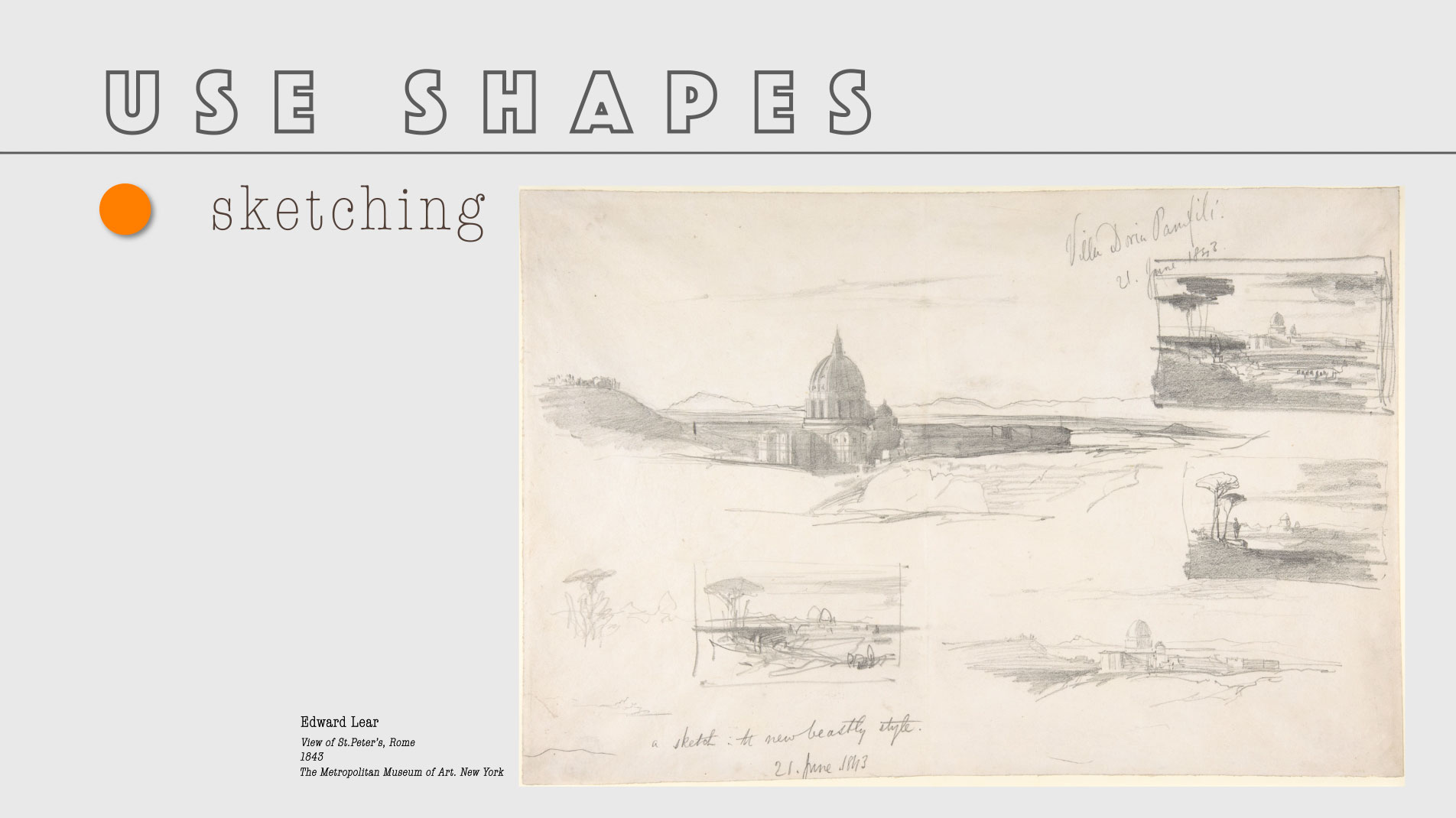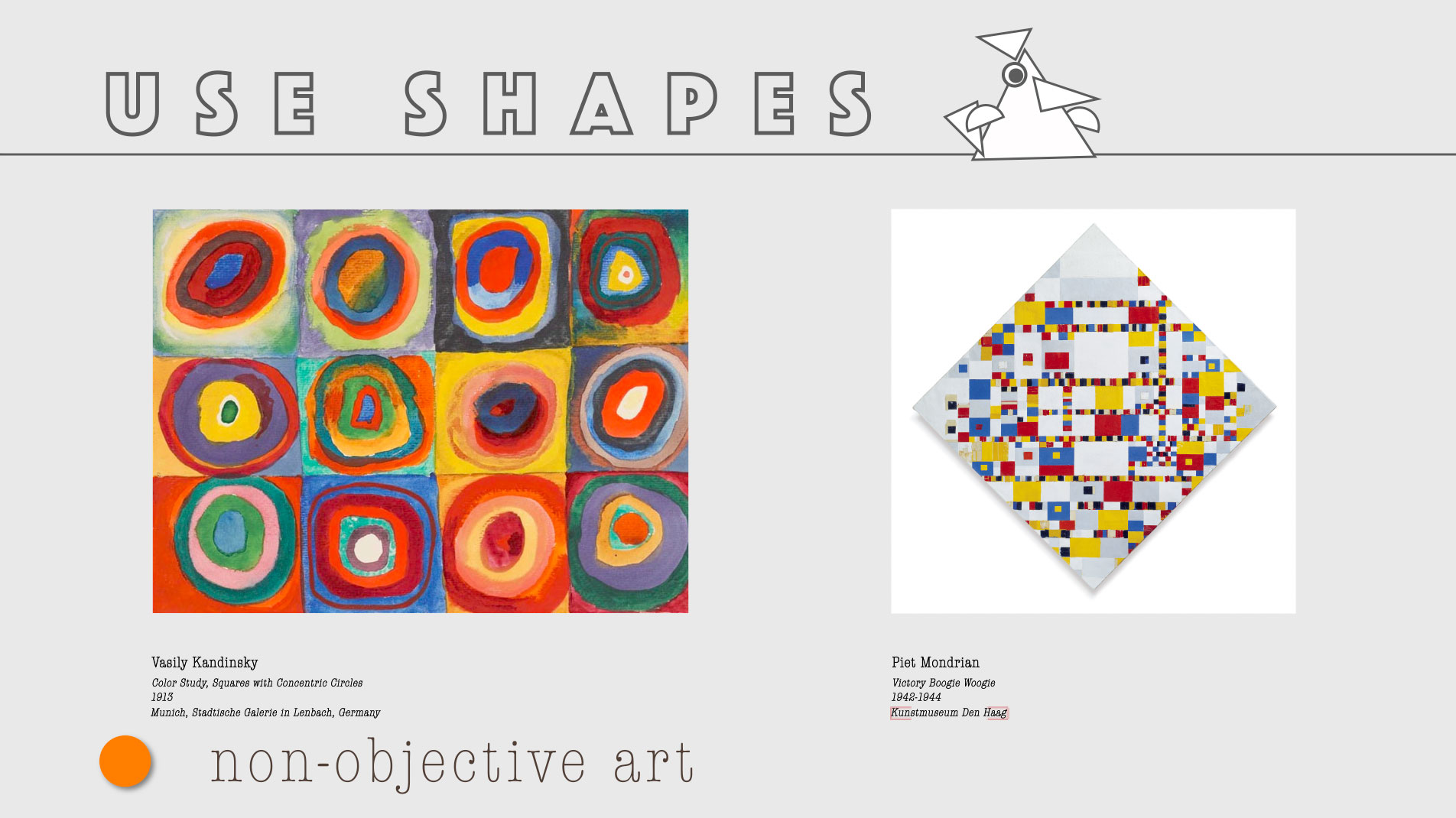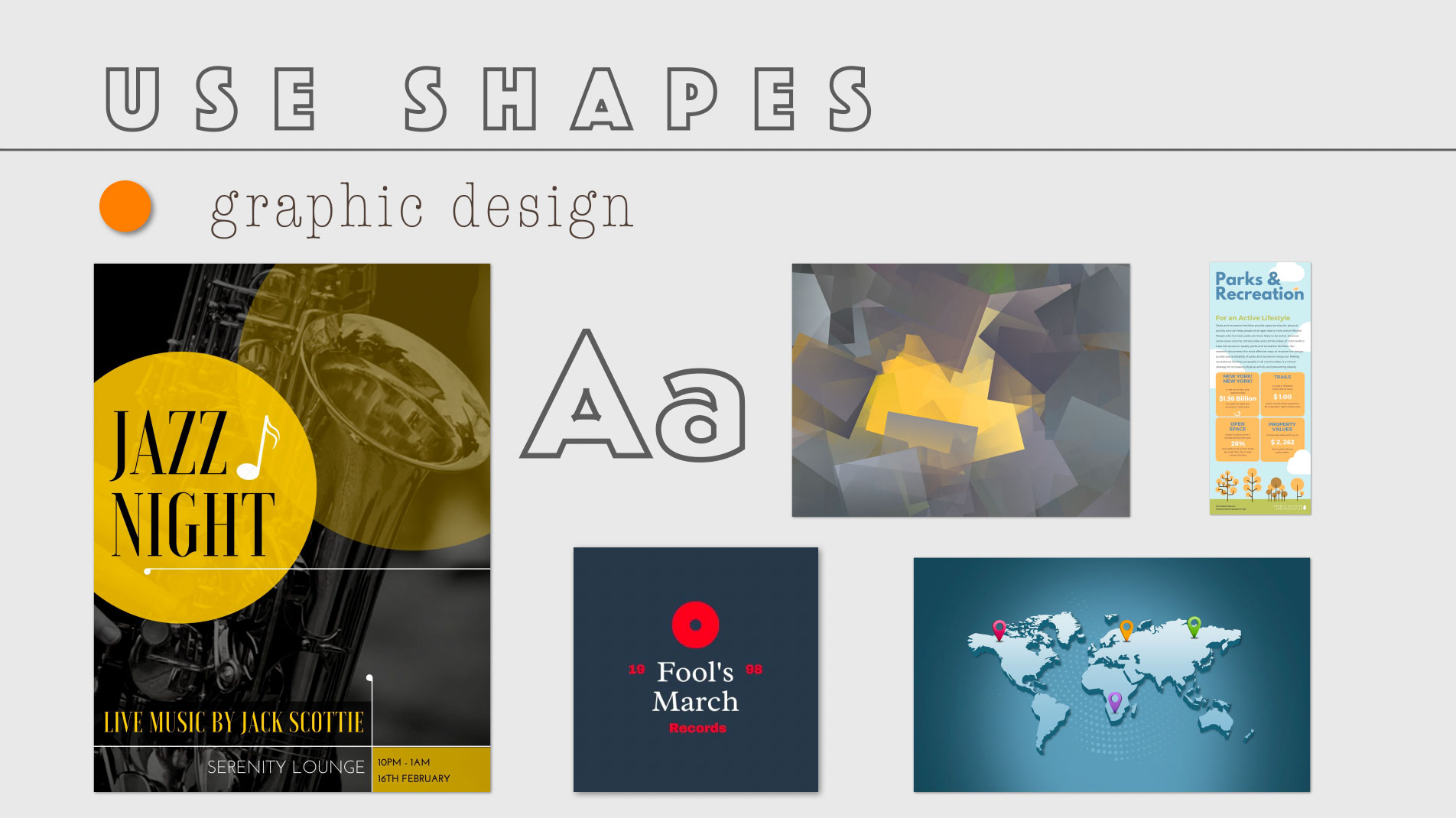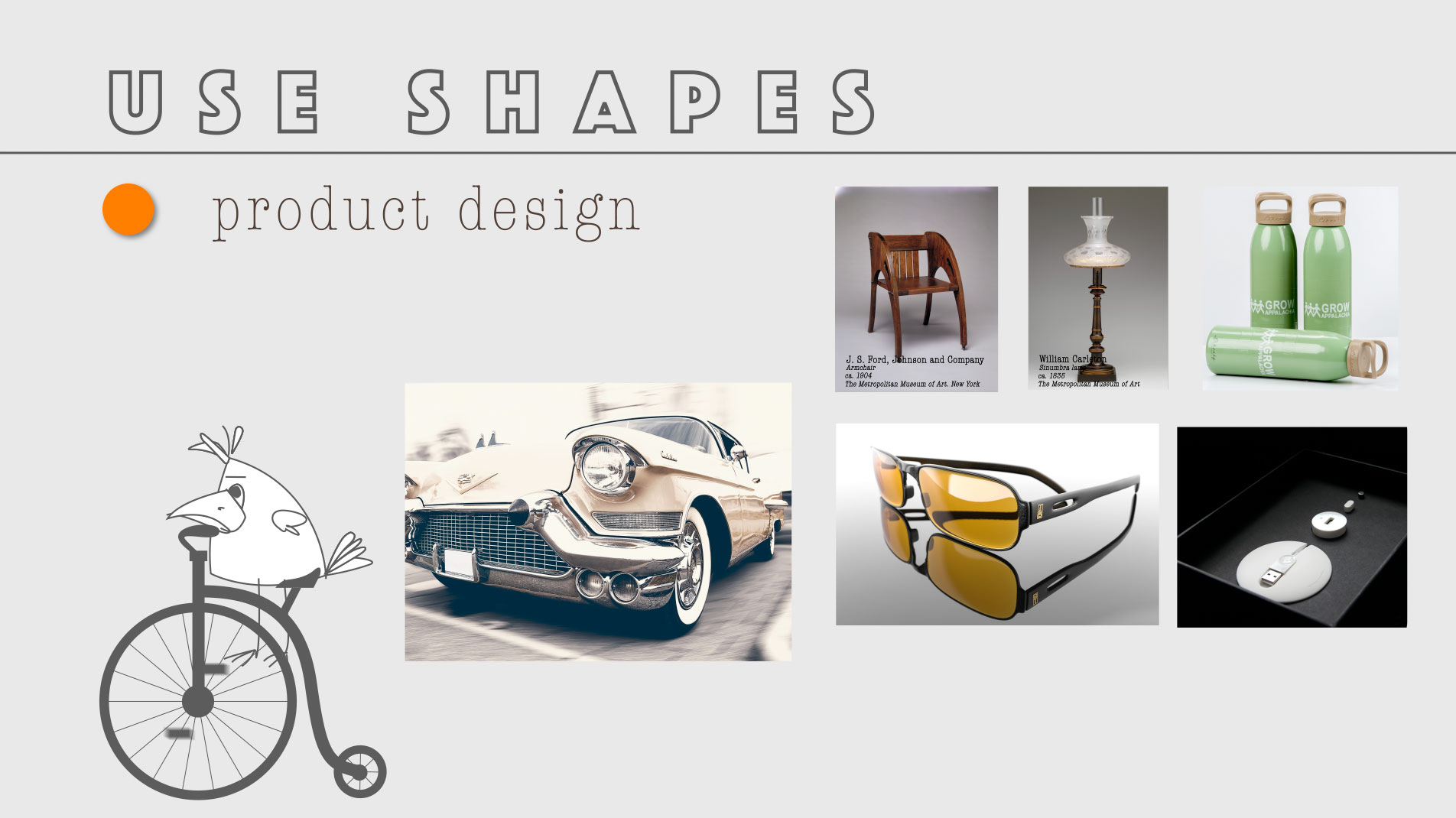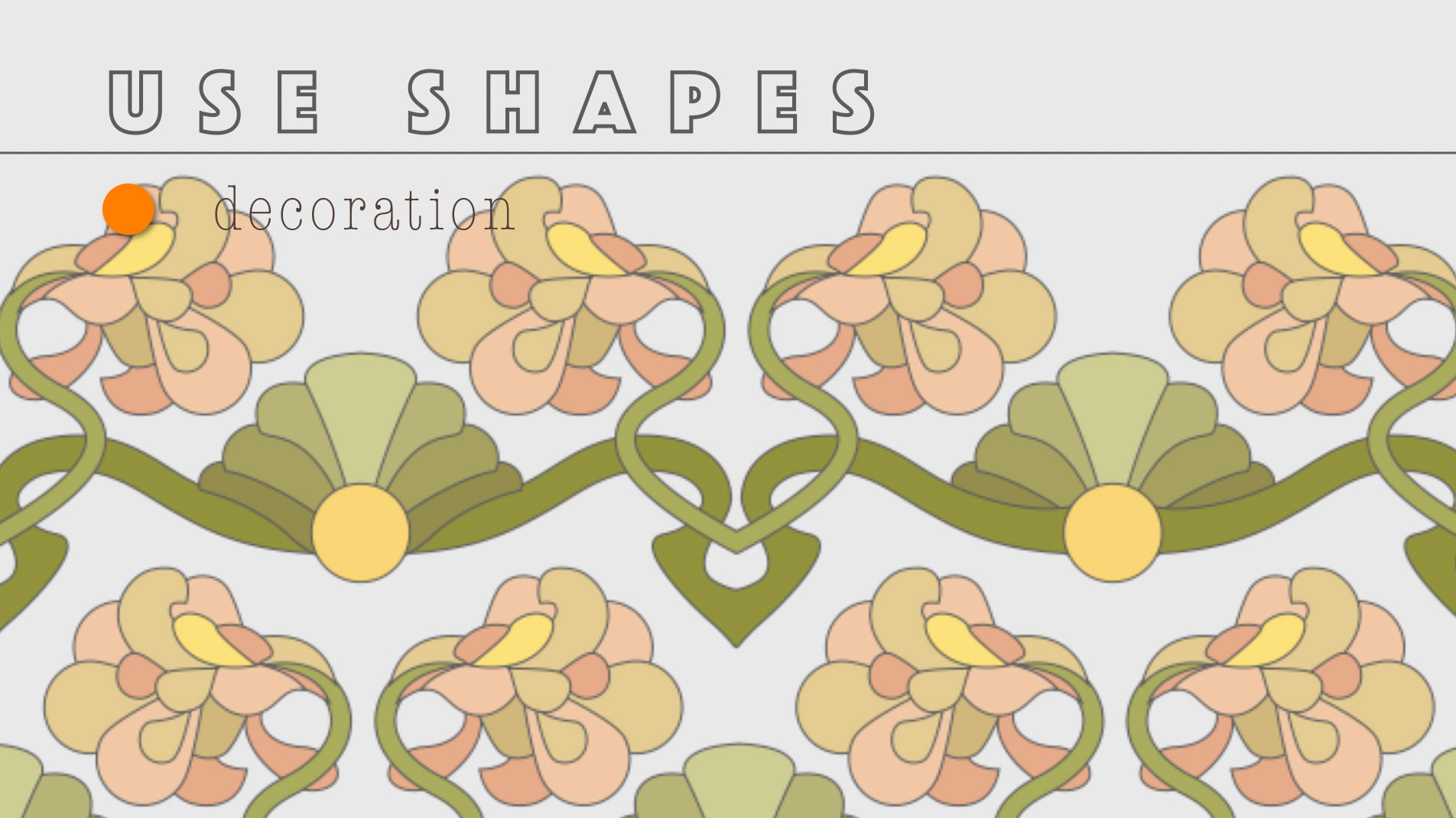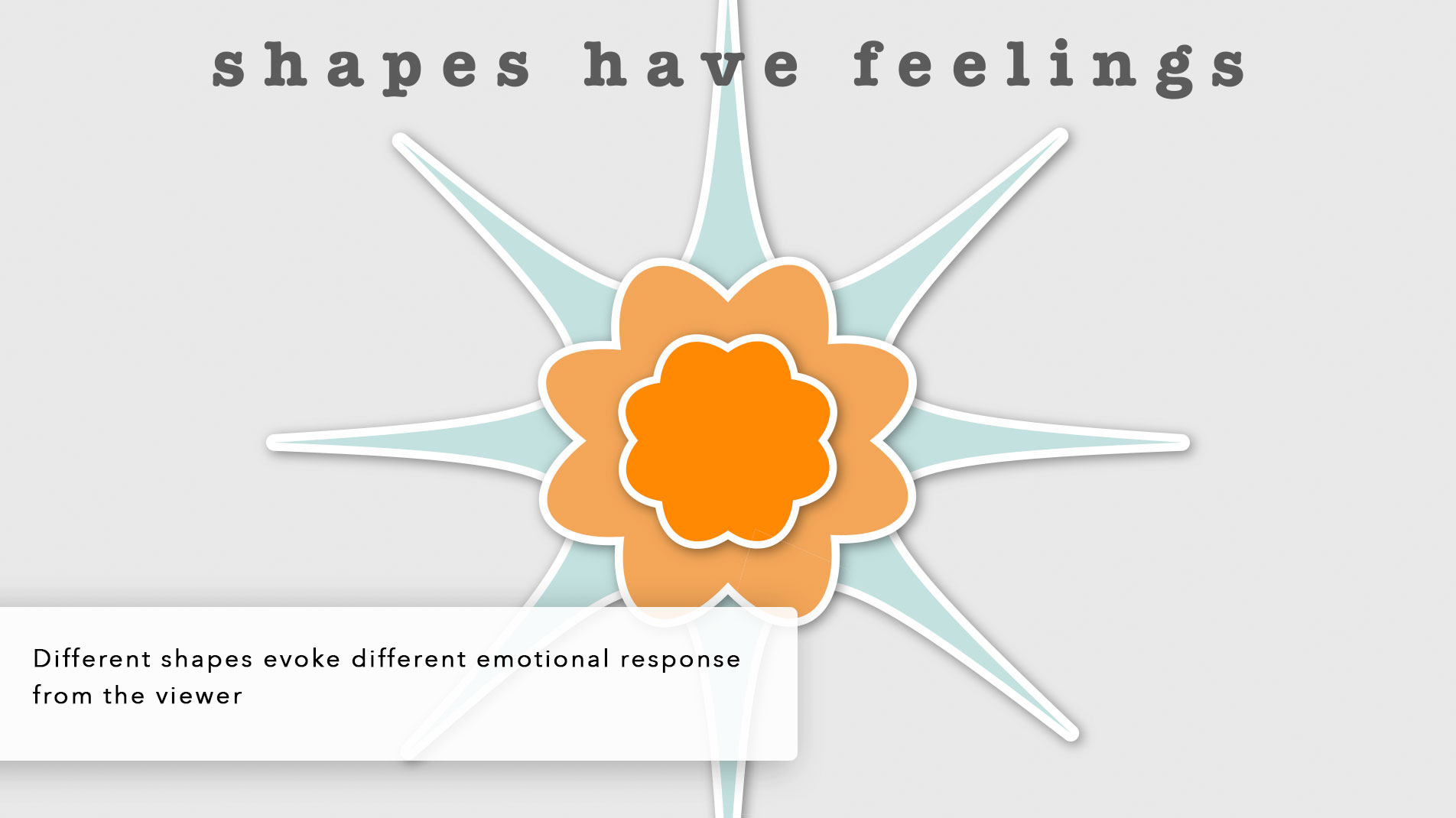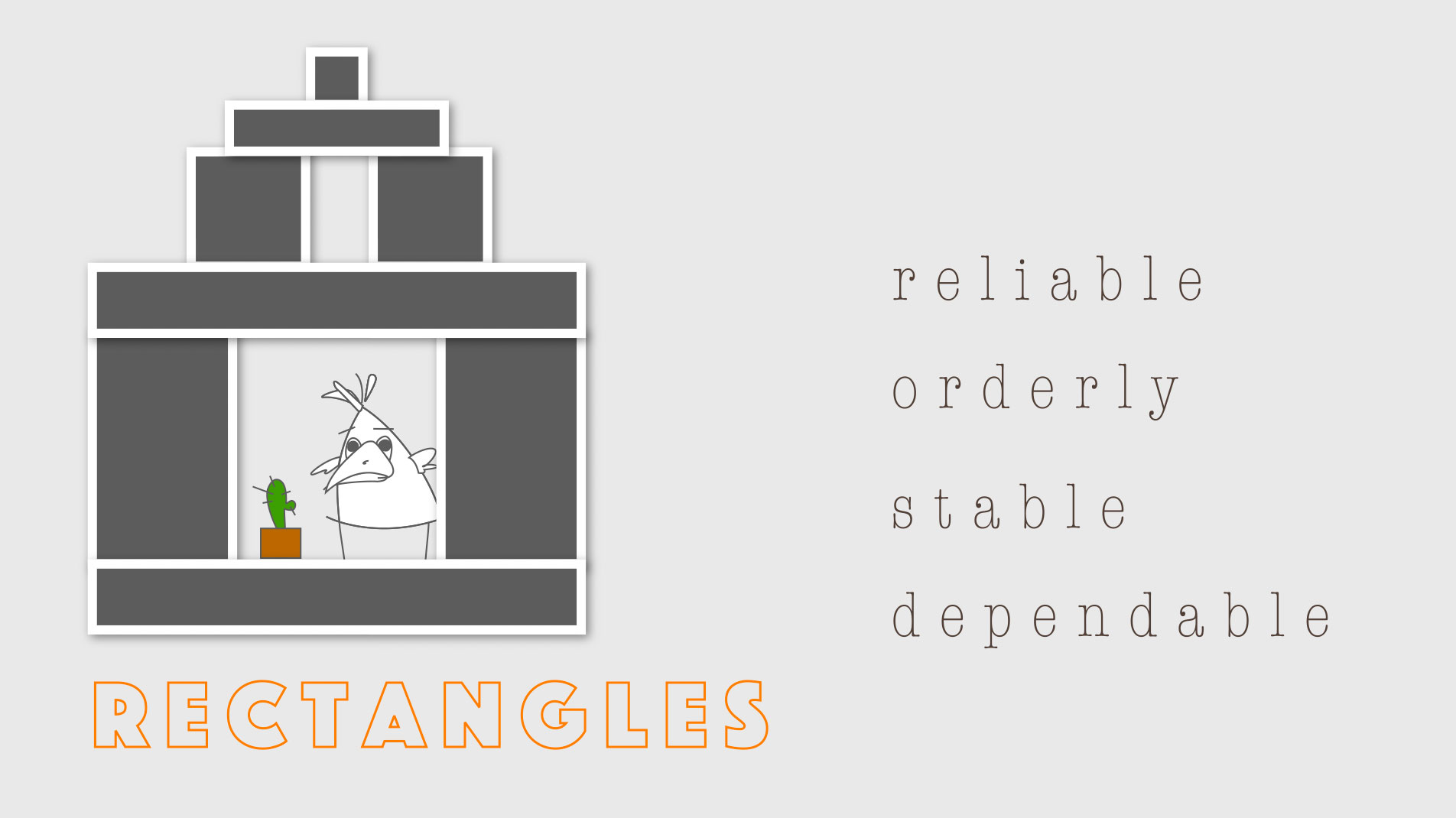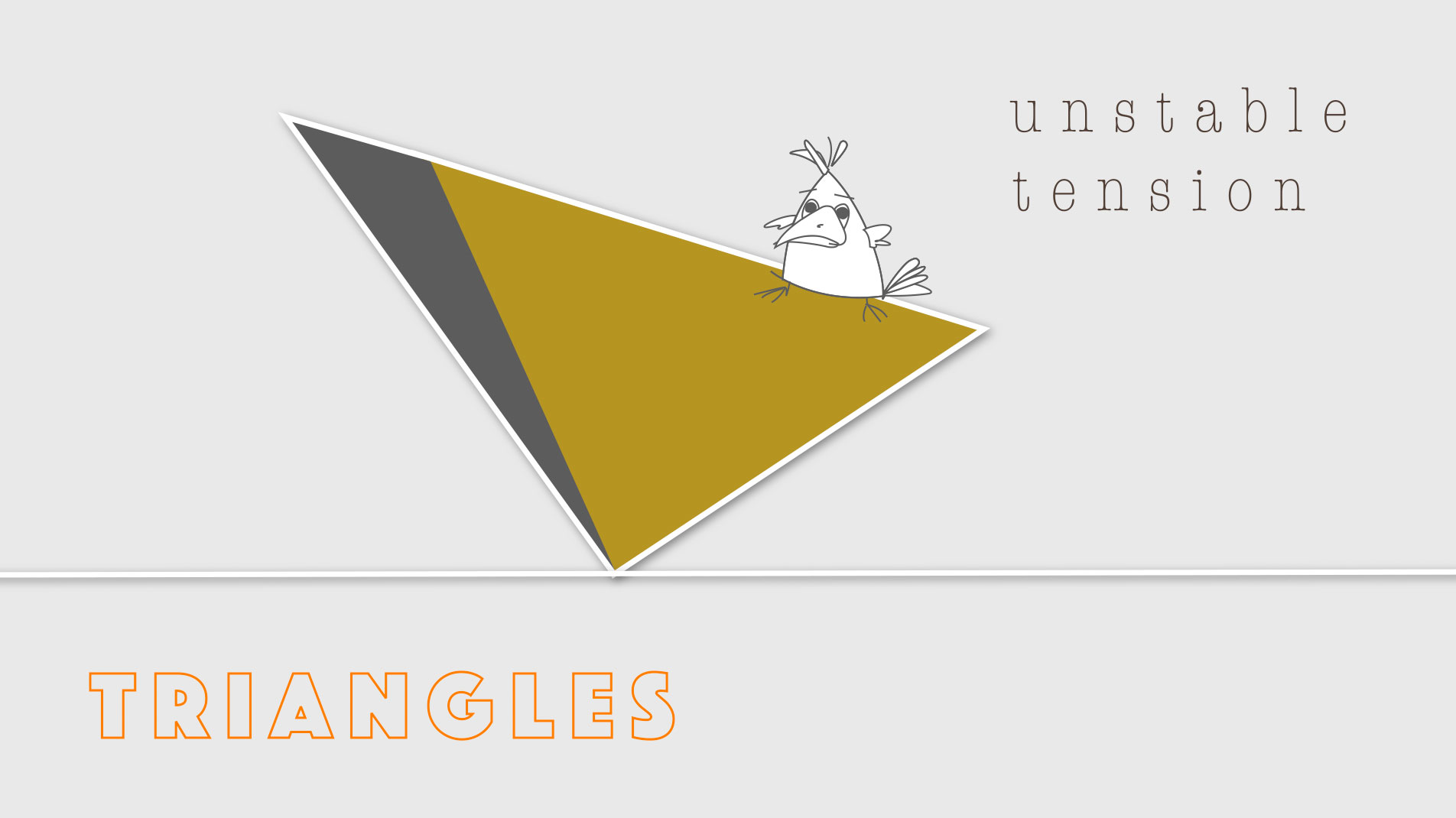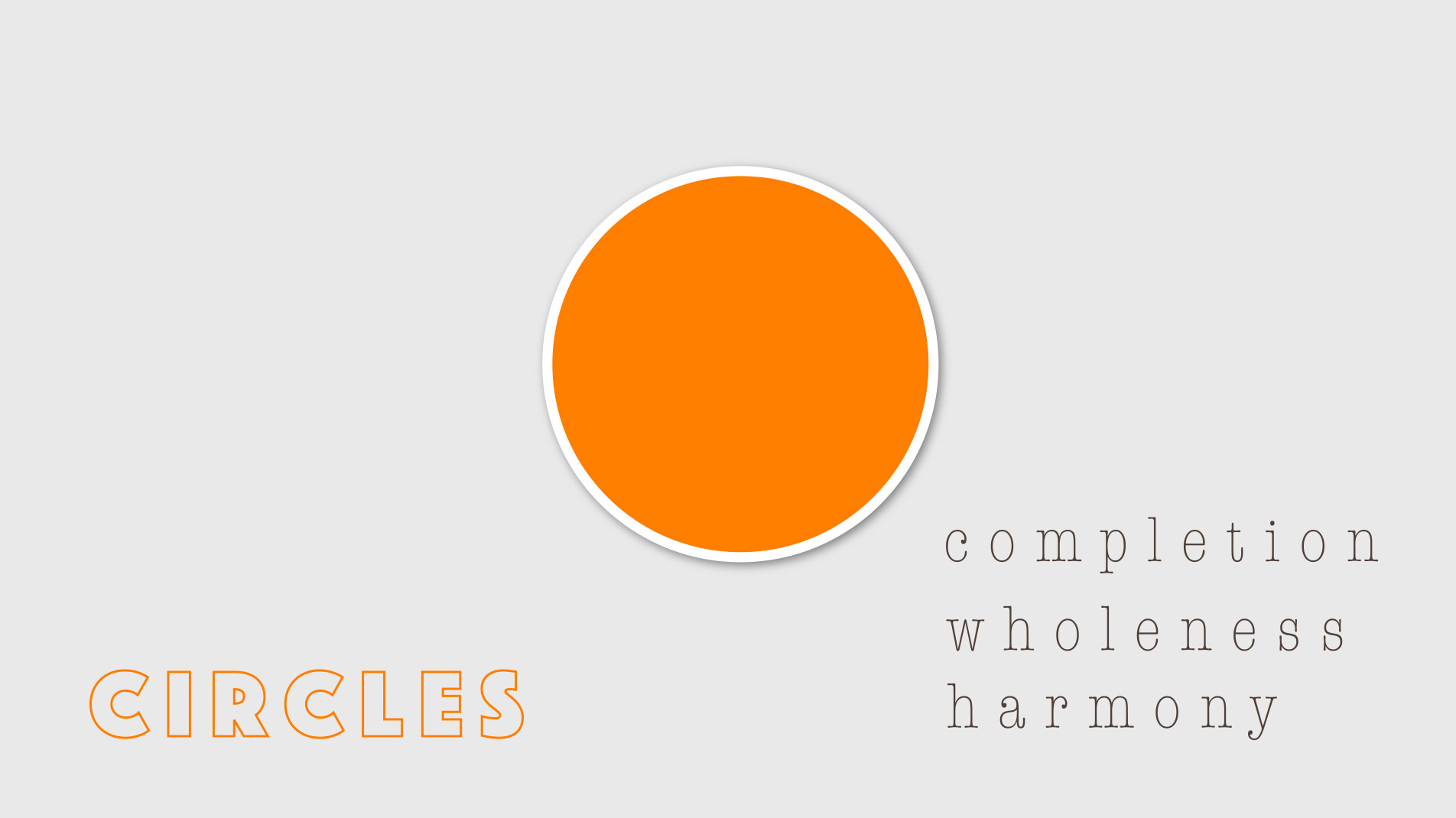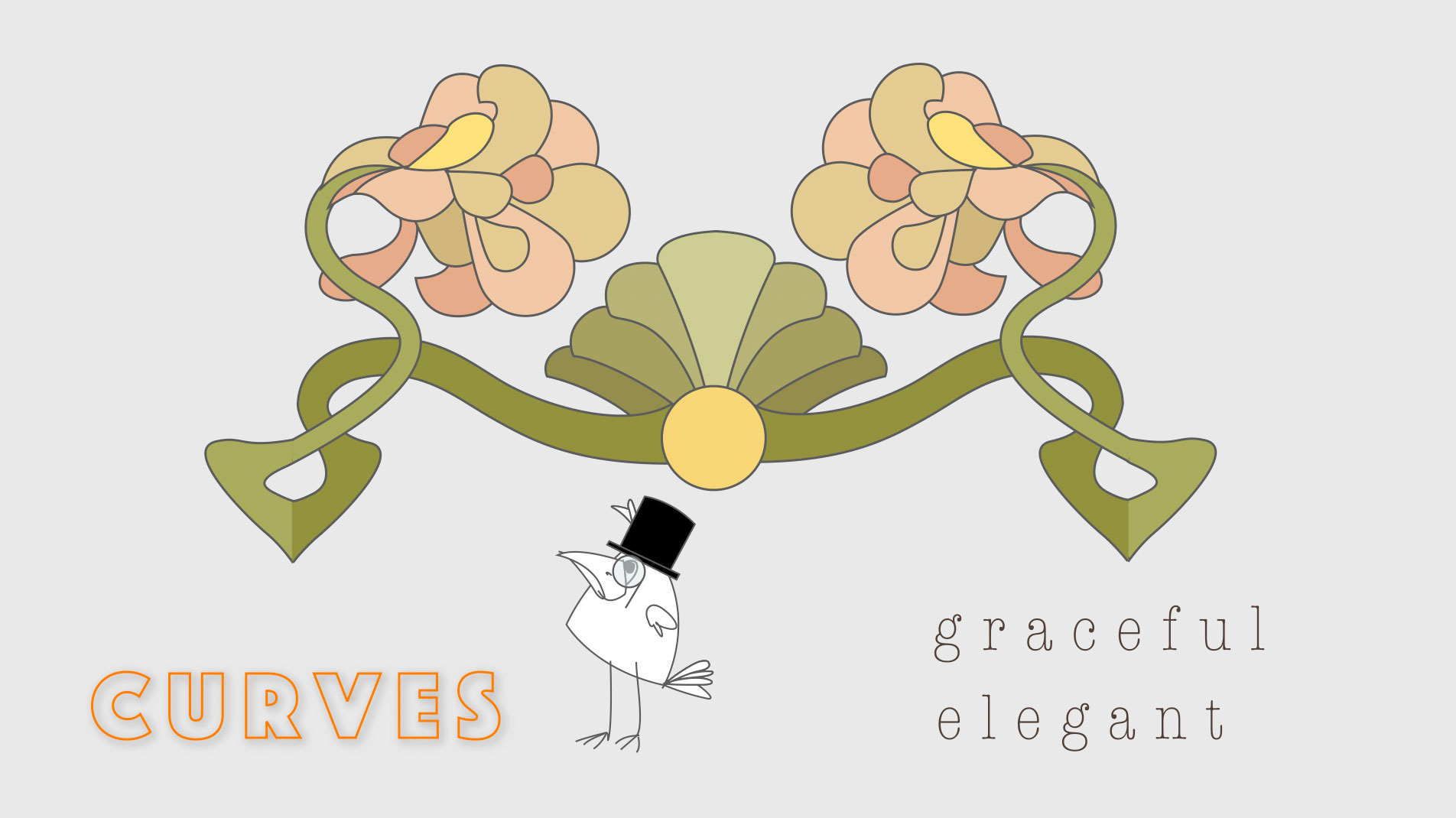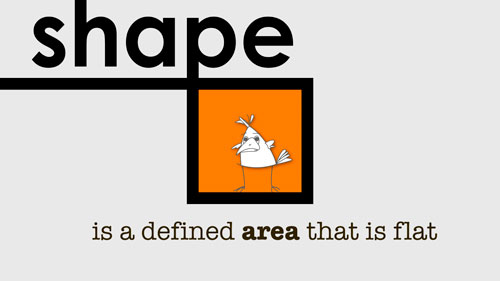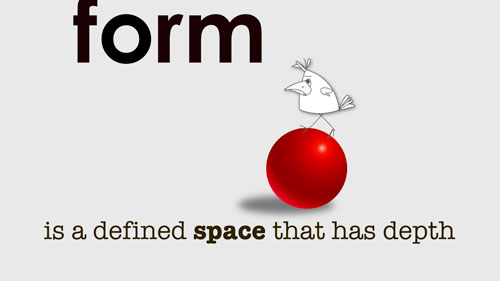by JuliannaKunstler.com
Shape/Form as an Element of Art

In visual arts, shape and form are defined by other elements of art.
Shape and form can be defined by line.
Line and shape almost always work together.
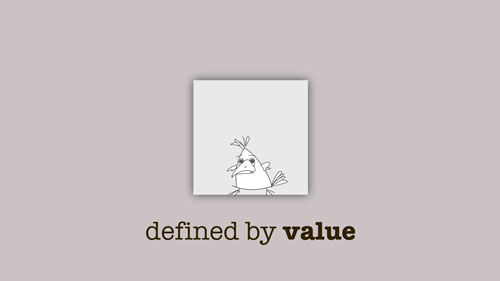
They can also be defined by value - by making an area lighter or darker than the surroundings
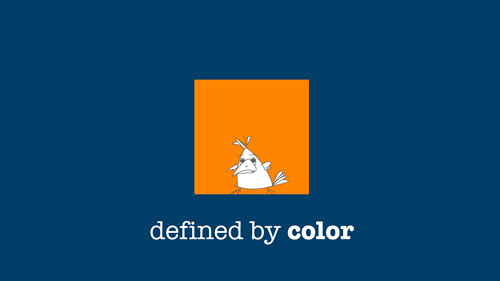
Or by changing the color of the area
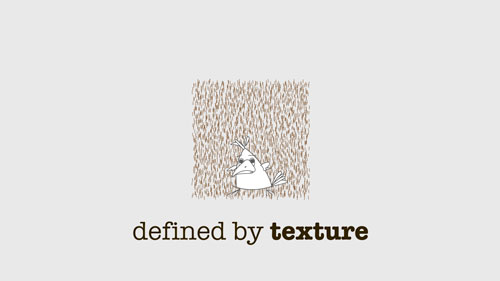
Or by adding a different texture

or changing the pattern

By defining a background and leaving space for the shape blank, like a cutout.
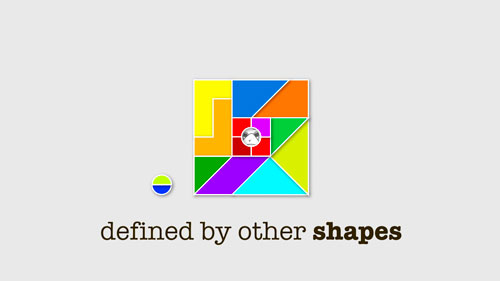
Shape can be defined by other shapes:
By assembling them in a certain way ...

... or ... by working with positive and negative shapes
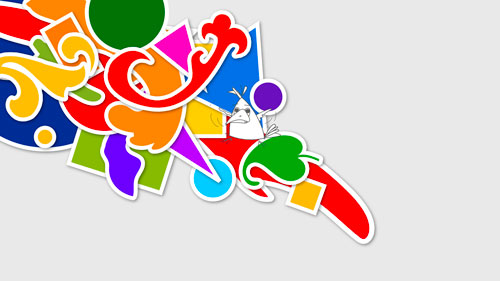
There is an endless number of shapes and forms.
There are simple shapes and there are complex shapes.
Complex shapes and forms are just a combination of other shapes.
types of shapes
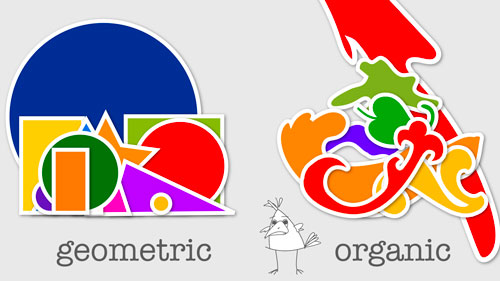
All shapes and forms fit into 2 types:
Geometric and organic
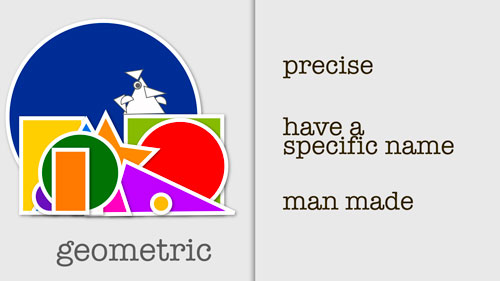
So what do we consider as Geometric shapes?
Shapes and forms that are:
- Precise
- Have a specific name - like square, circle, triangle, cone, sphere, etc.
- They are often man made, even though we find these shapes in nature as well.
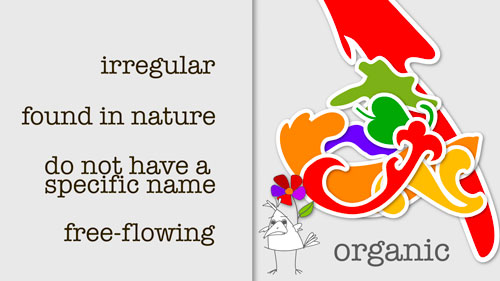
Most of organic shapes and forms are
- Irregular
- They can be found in nature
- Most of them do not have a specific name
- These shapes and forms are mostly curvy and free-flowing
positive and negative shapes
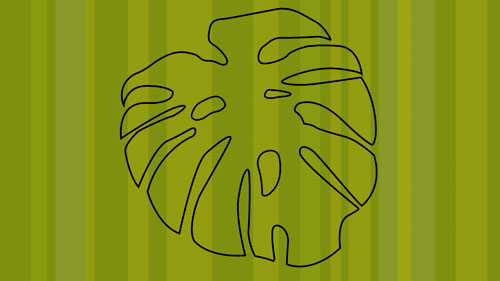
When we define a shape, we subtract it from its surroundings.
Once it’s defined, the area around it automatically becomes its background.
The defined shape or form is called positive shape
The area around it is called negative
You can not have one without the other

We can define a shape by creating only one of them:
You can create a shape by actually making it
Or by creating a background, and leaving the area blank.
Either way you can see the same shape.
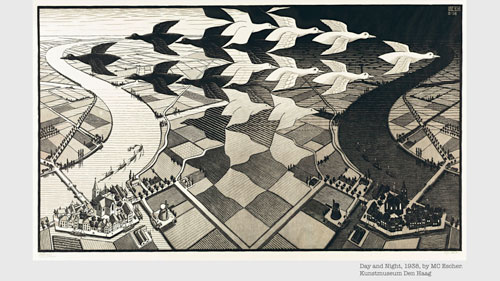
Most optical illusions are based on the concept of the positive / negative relationship.
It makes you realize that they are equally important.
use of shapes
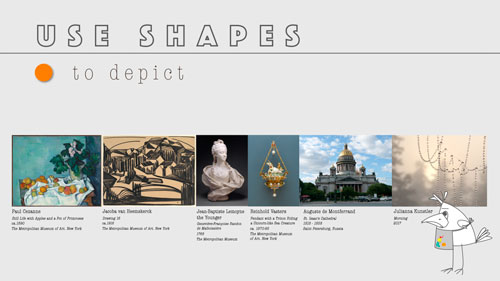
Shapes and forms play important roles in the creation of `Art.
They help to create Art work in its traditional forms - painting. drawing,, sculpture, decorative art, architecture, photography.
Because everything we see around us is made of shapes and forms, we use shapes to depict what we see or what we want to convey by interpreting, modifying or just copying the shapes in front of us..

Sometimes we have to interpret 3 dimensional forms into flat shapes , as in drawings or paintings
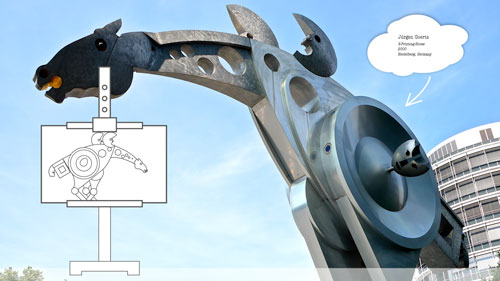
Or the other way around - when we create a 3D form from a flat drawing or a sketch
As we do when we create a sculpture or design a building
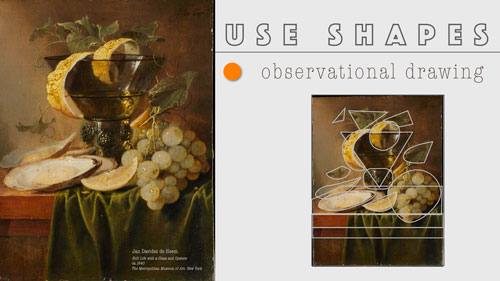
We use simple shapes to simplify more complex ones as we draw from observation.
This is a very important skill that will allow you to become more accurate in your drawings
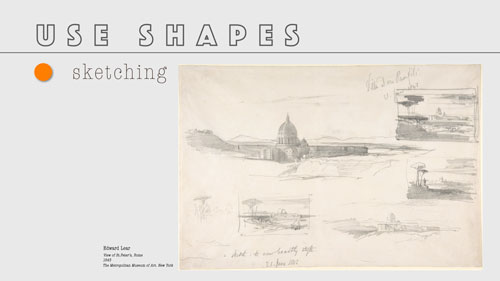
Simple shapes help us plan and sketch our ideas as a concept - without going into too much details, but keeping the main idea
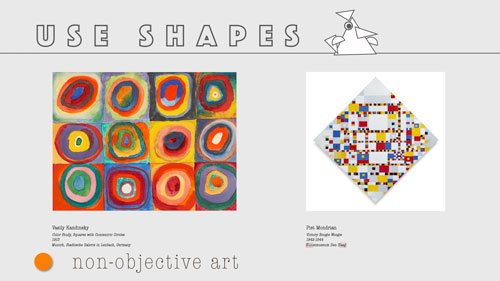
Abstract Art, or non-objective art - is a great example of use of shapes and forms where they play the dominant role just by themselves
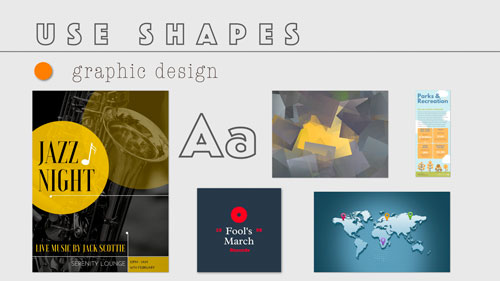
Graphic Designers use shapes as one of their main tools to symbolize ideas, to create layouts and logos, to design typefaces, or to emphasize important points
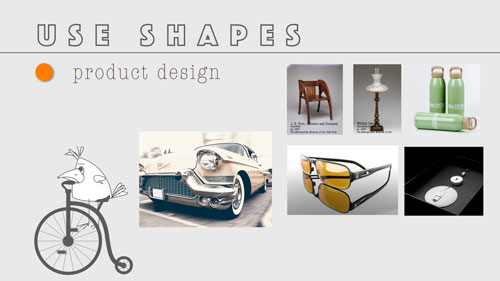
Every product you see and use has a form that a designer worked on
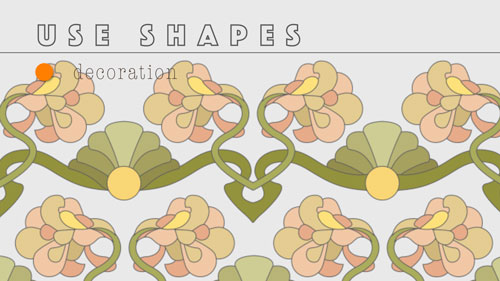
Shapes are great for decoration and creation of patterns (for textiles for example)
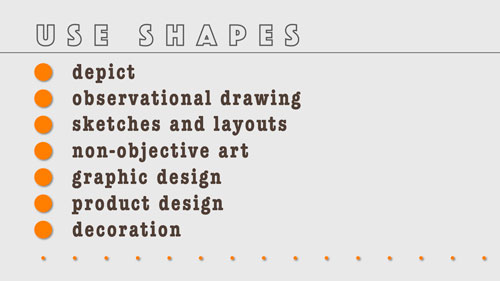
And there are obviously many more uses of shapes …..
I am sure you can think of more!
Emotional qualities of shapes
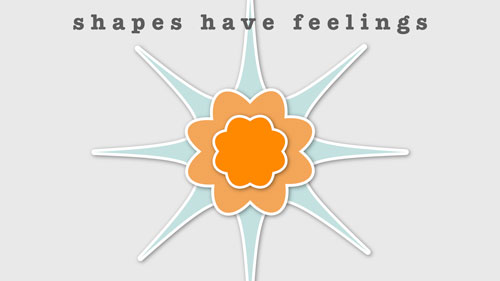
Similarly to other art elements, shapes and forms have feelings.
Different shapes evoke different emotional response from the viewer.
By using shapes strategically, you can send subliminal messages to your audience.

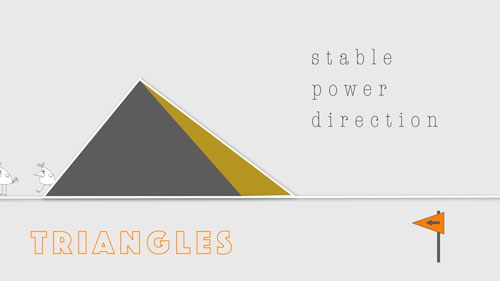
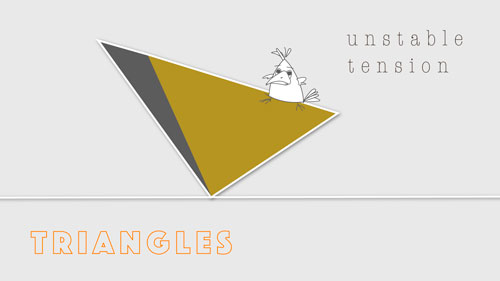
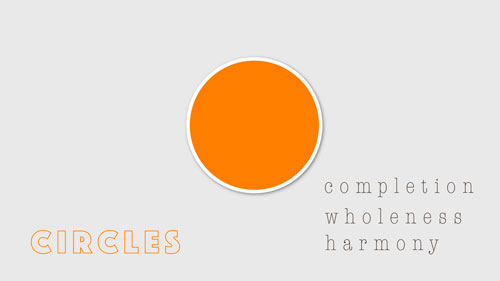
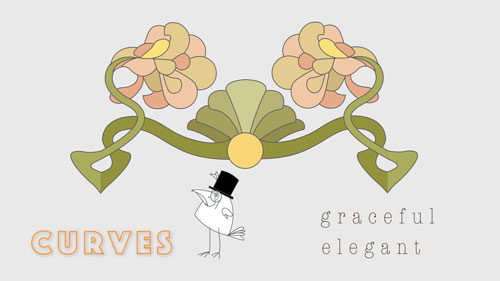
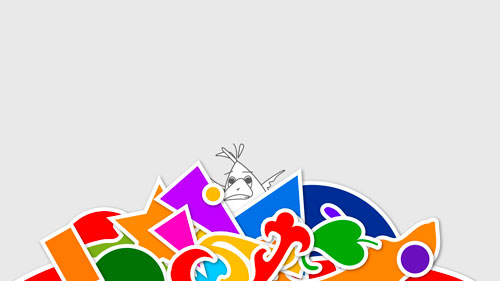
Do not underestimate the power of shapes and forms in your art, no matter what art form is your favorite!

